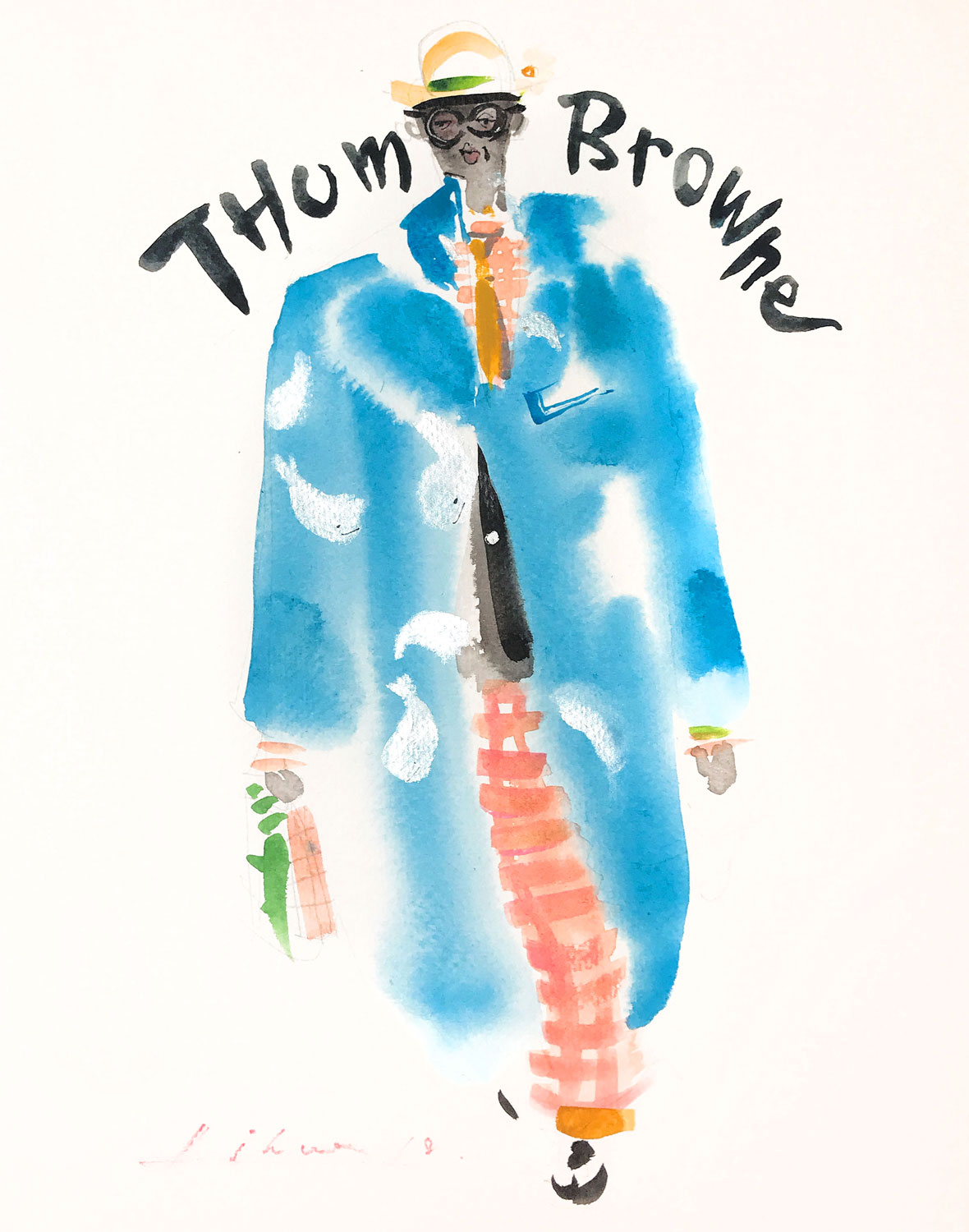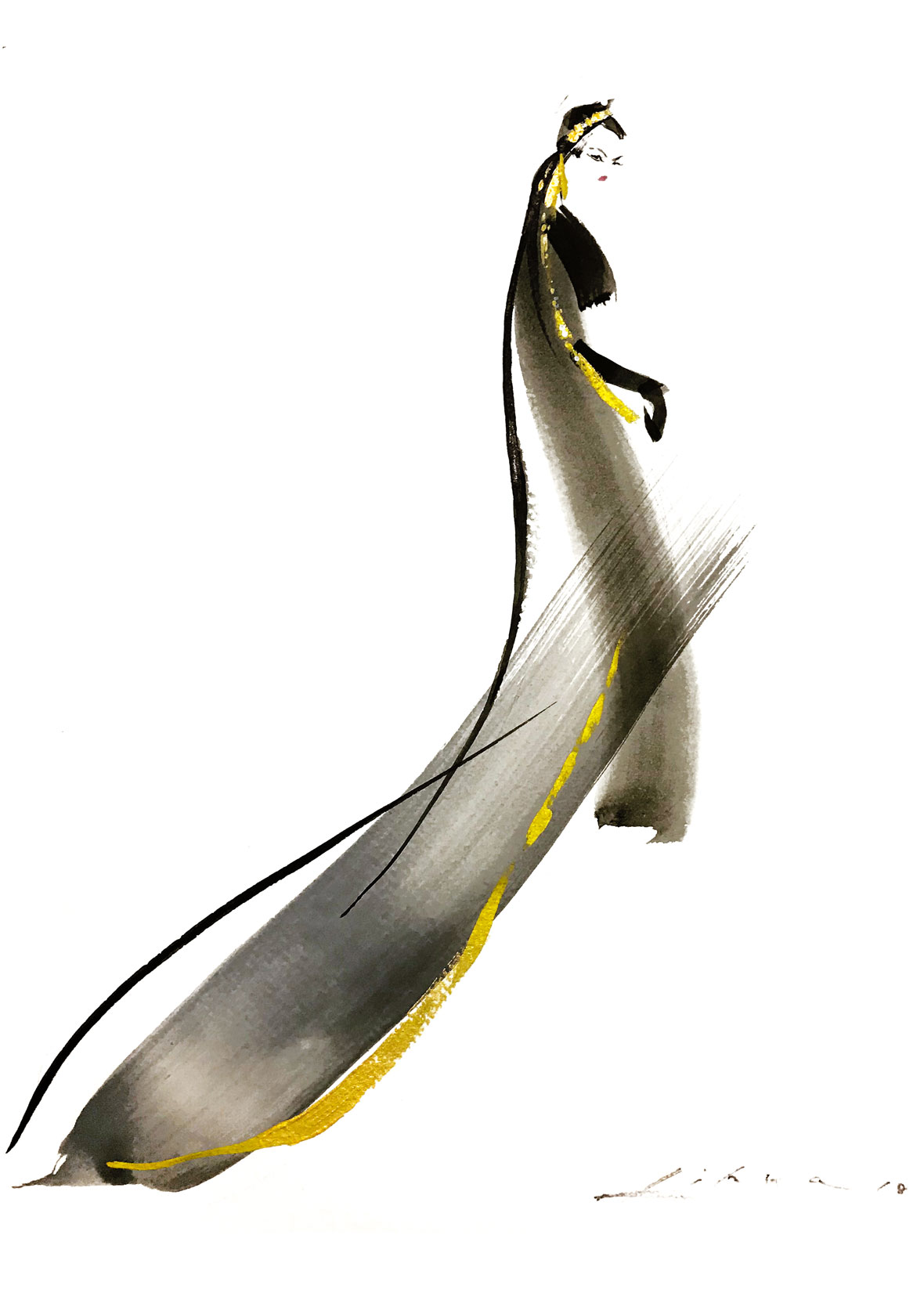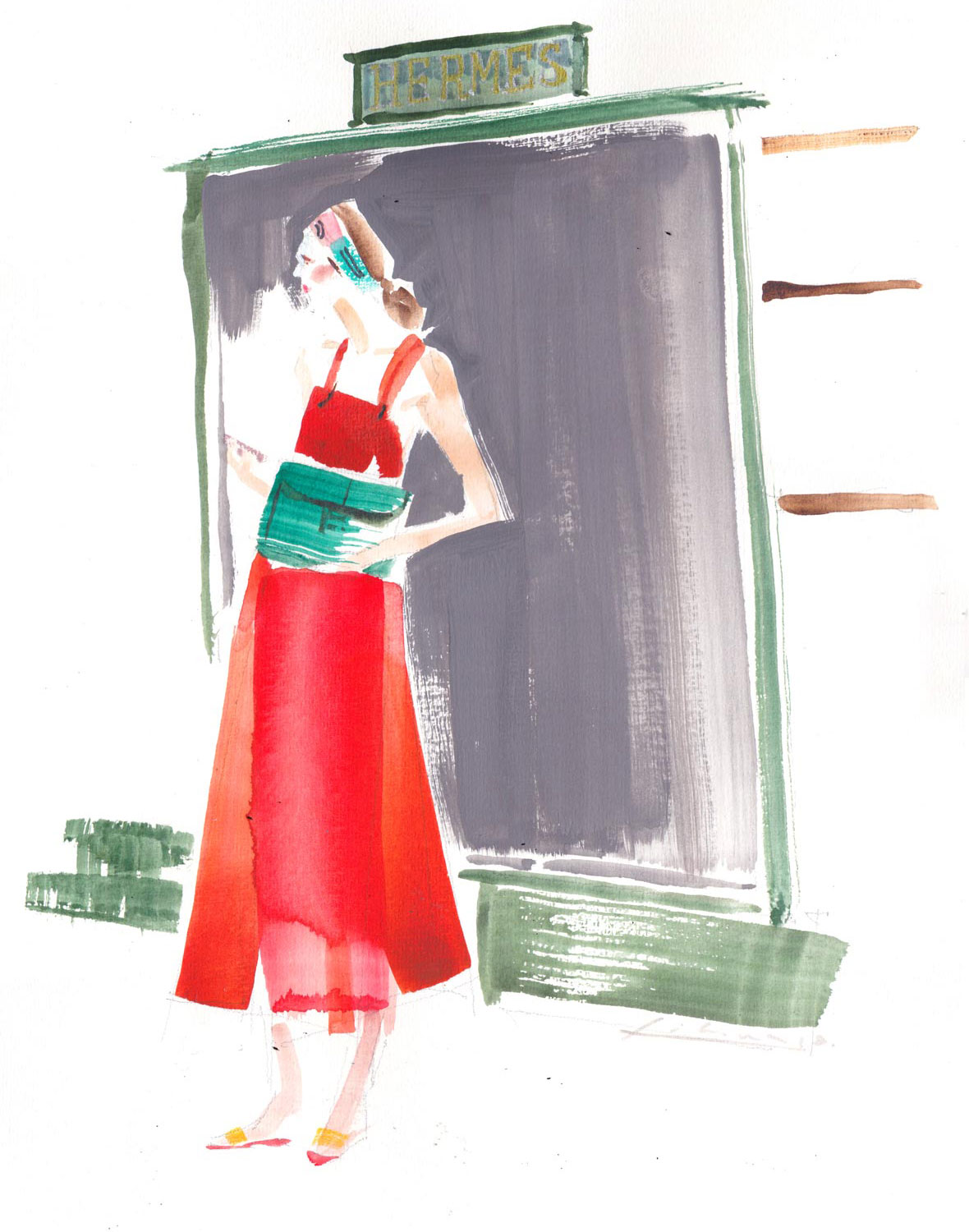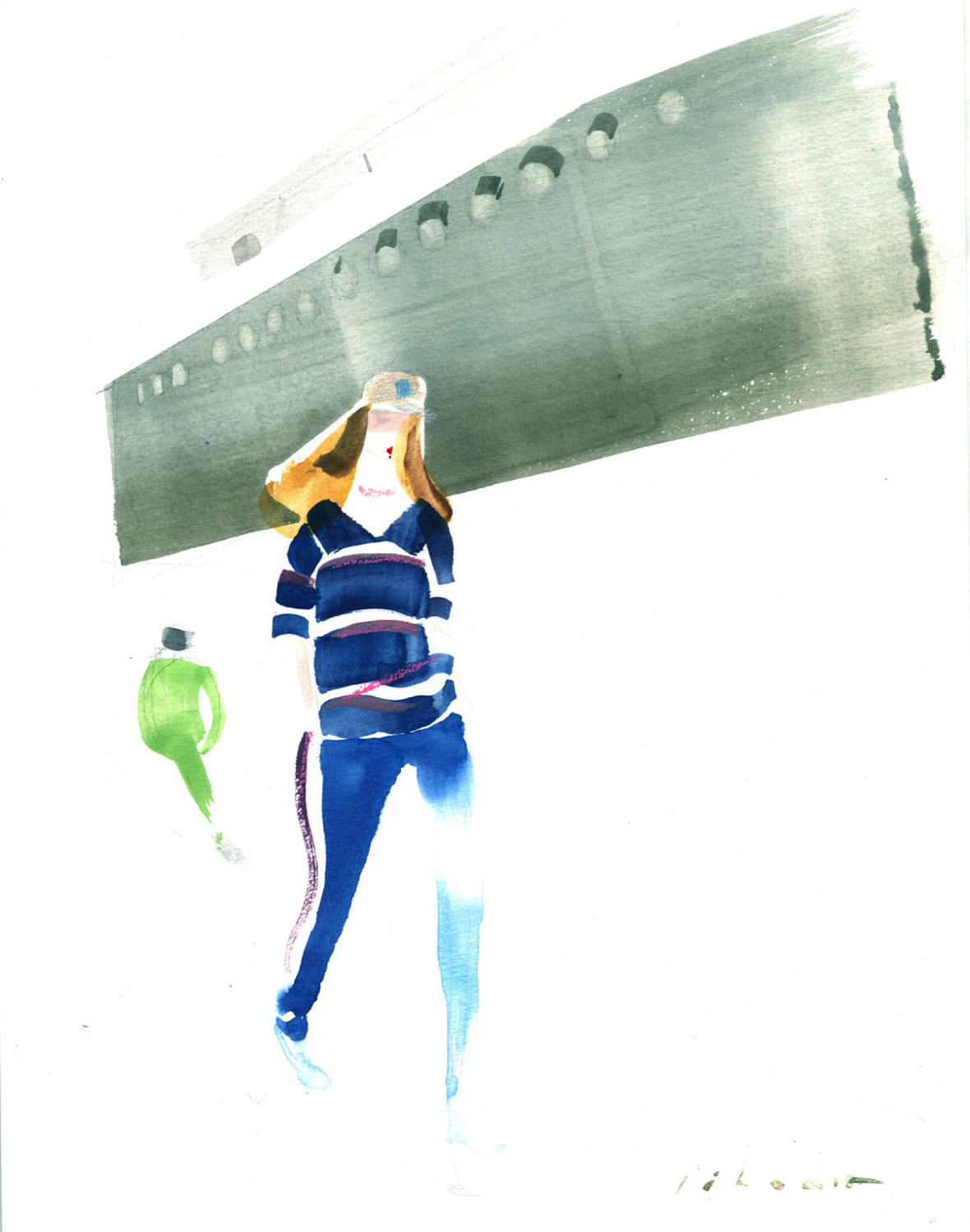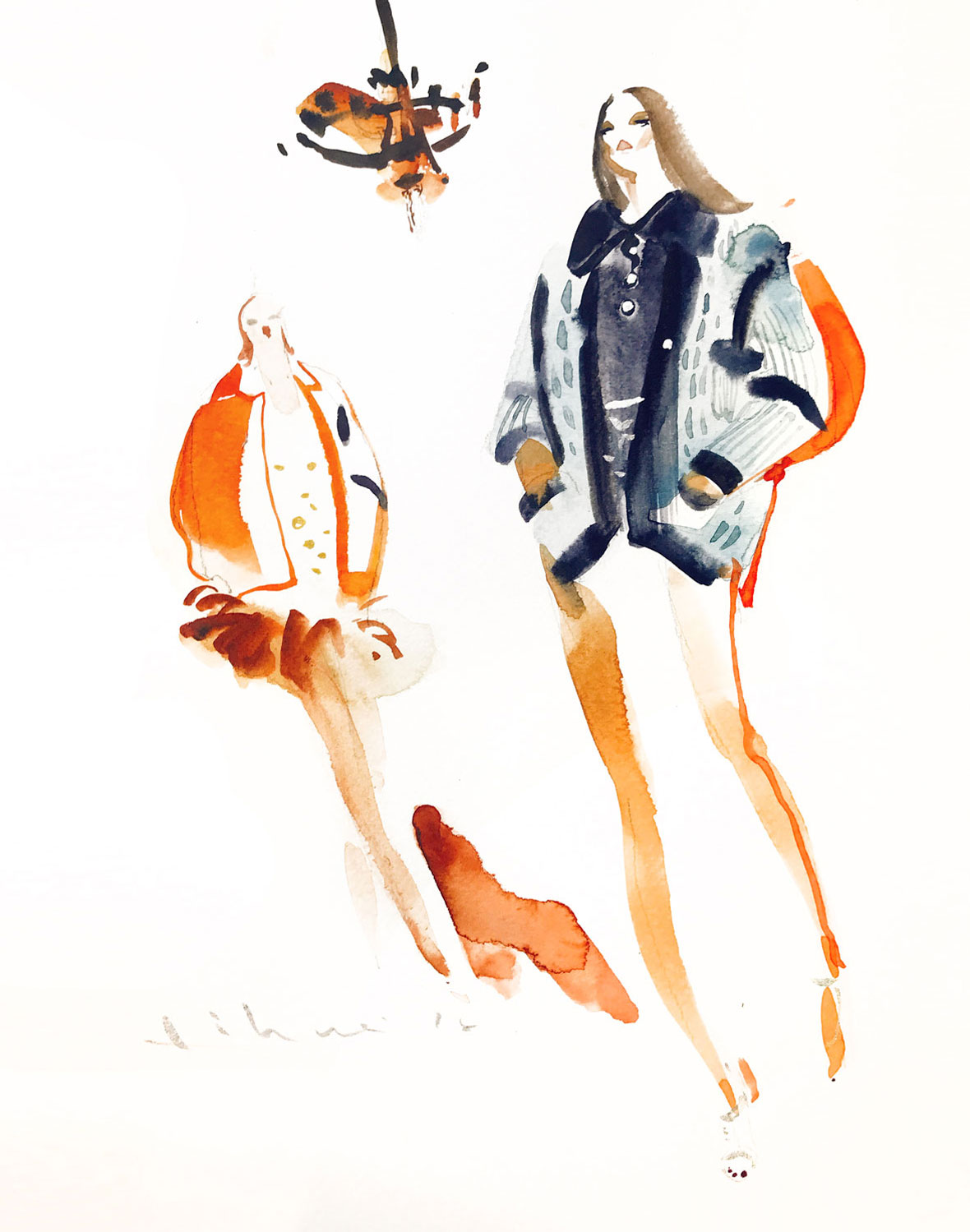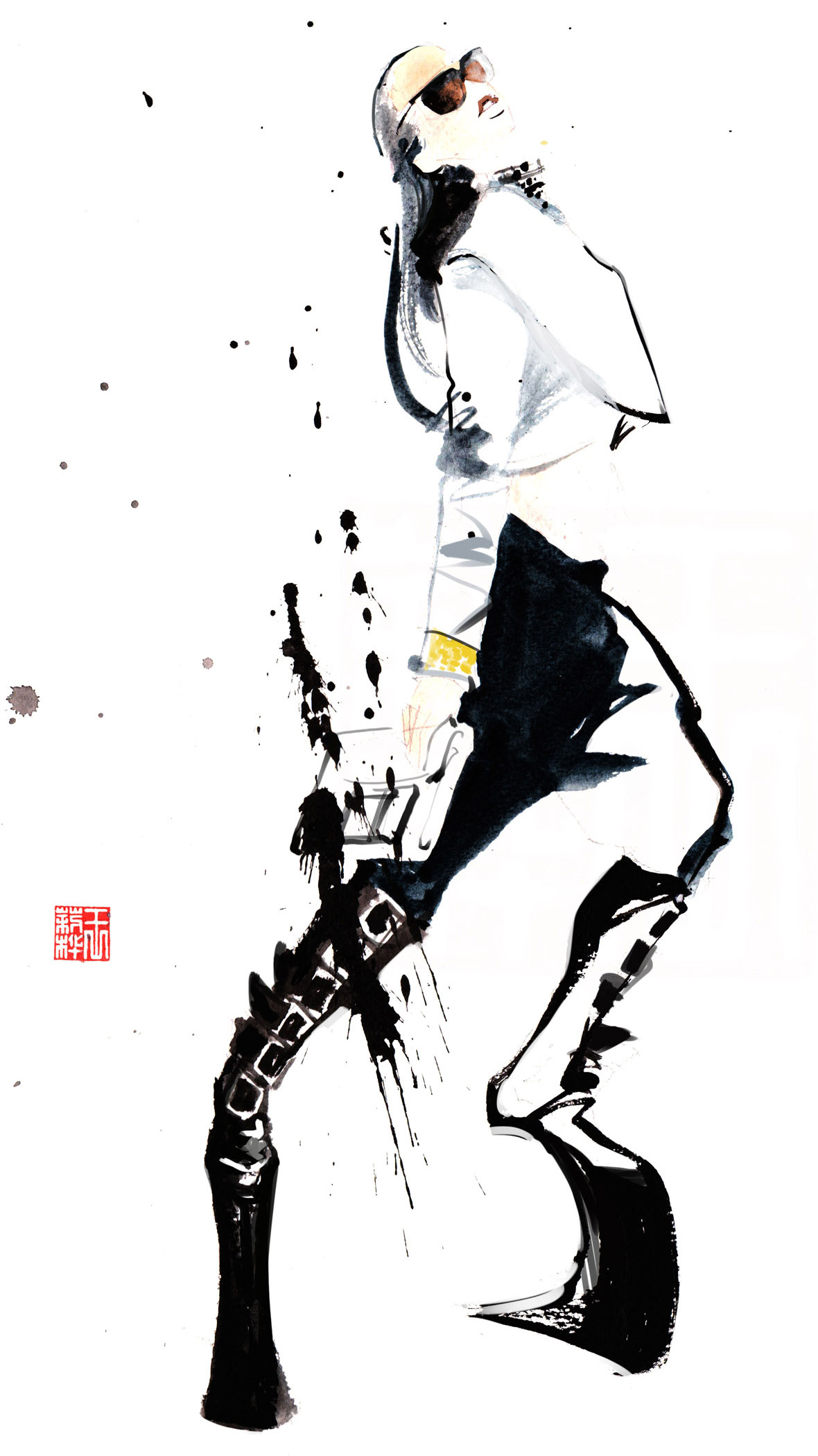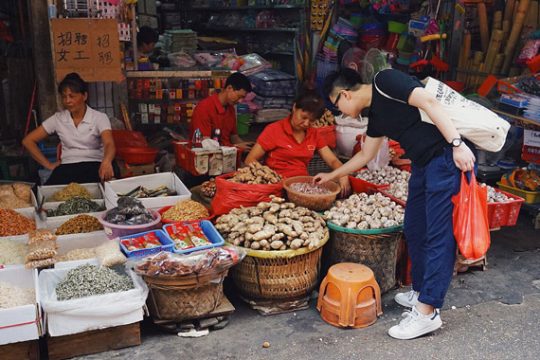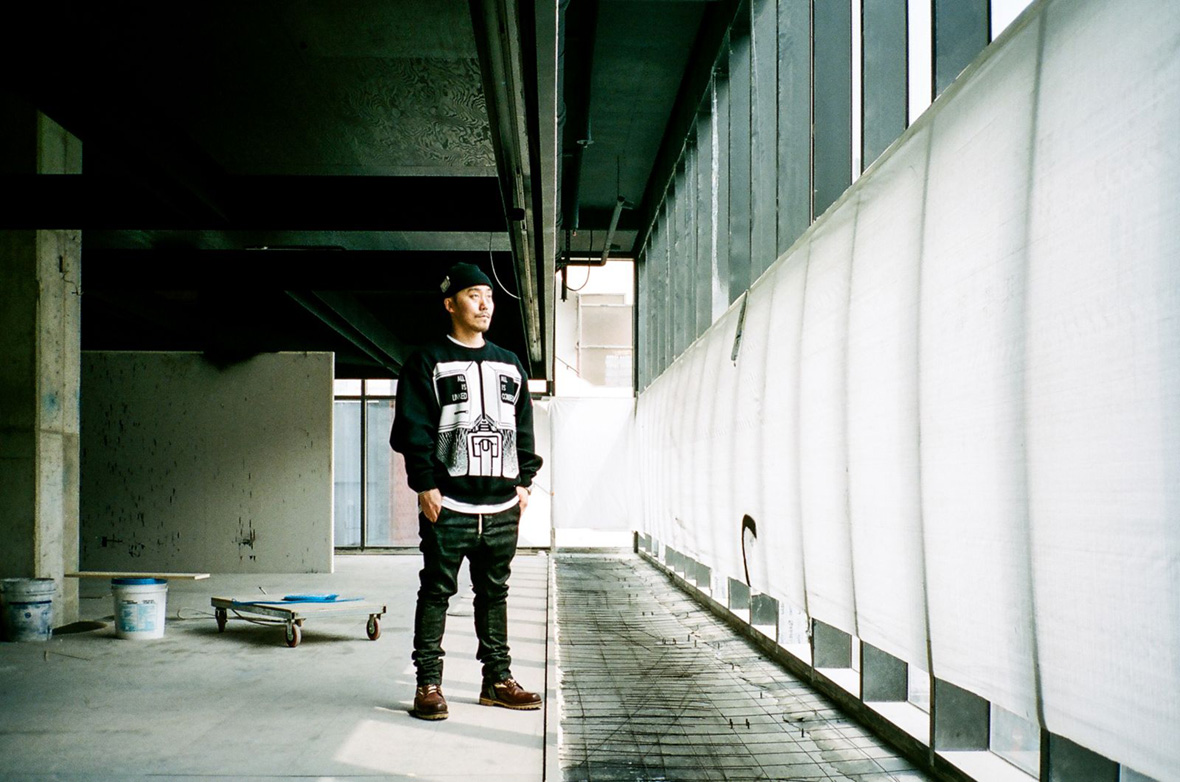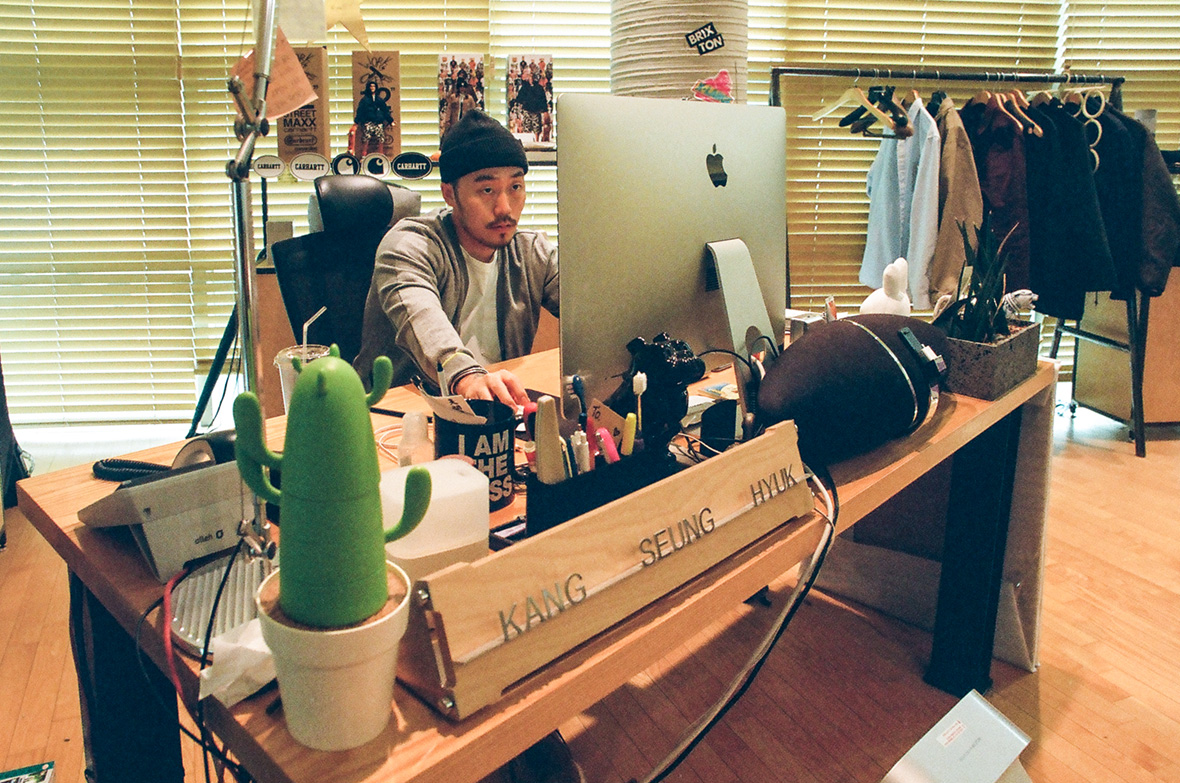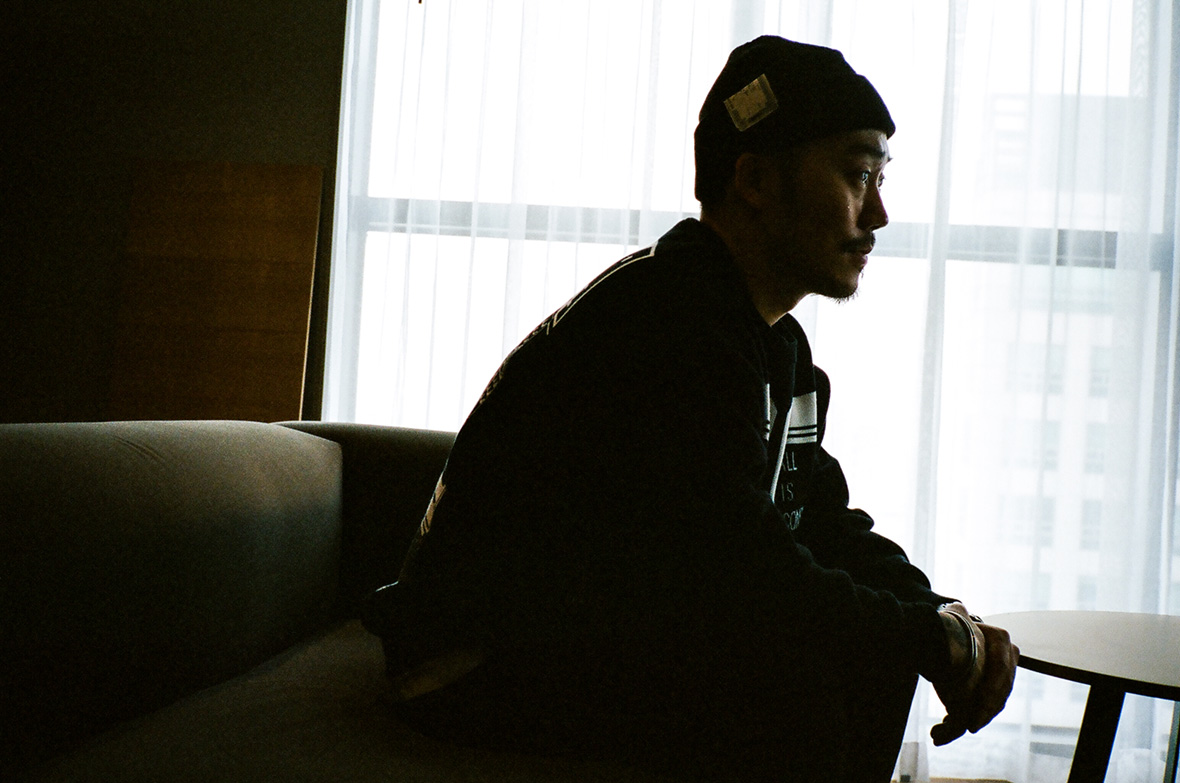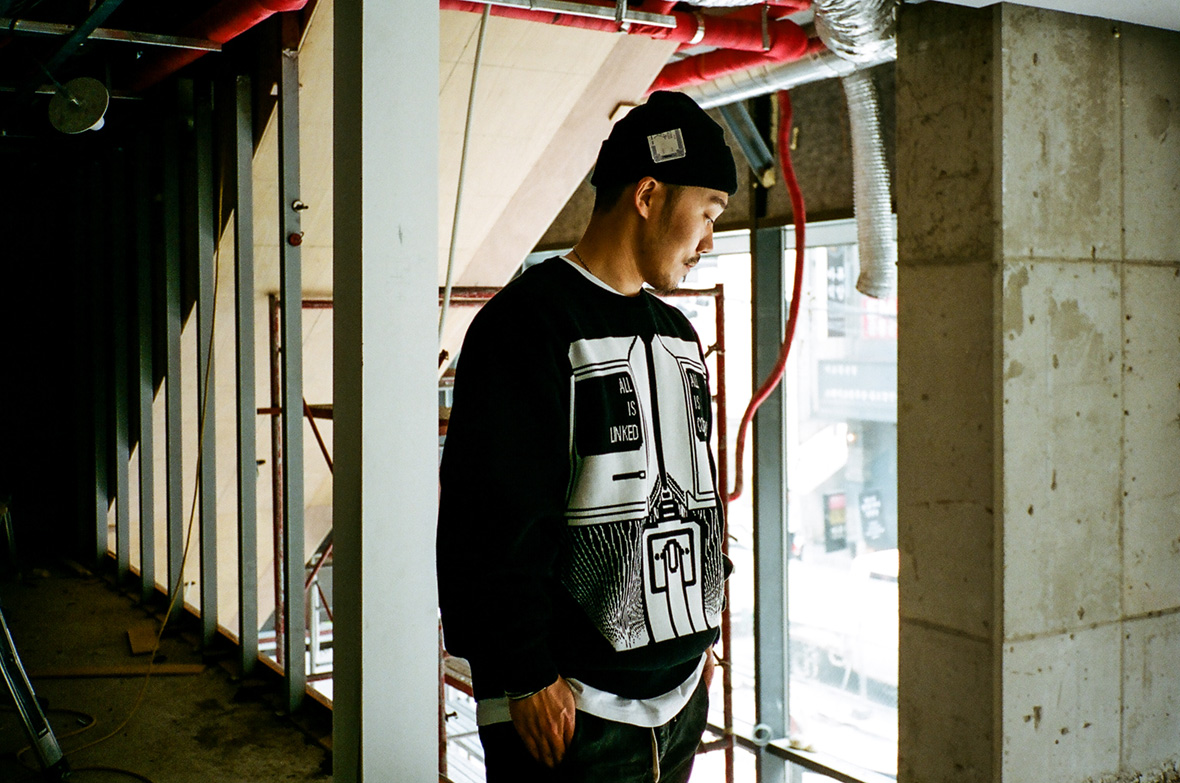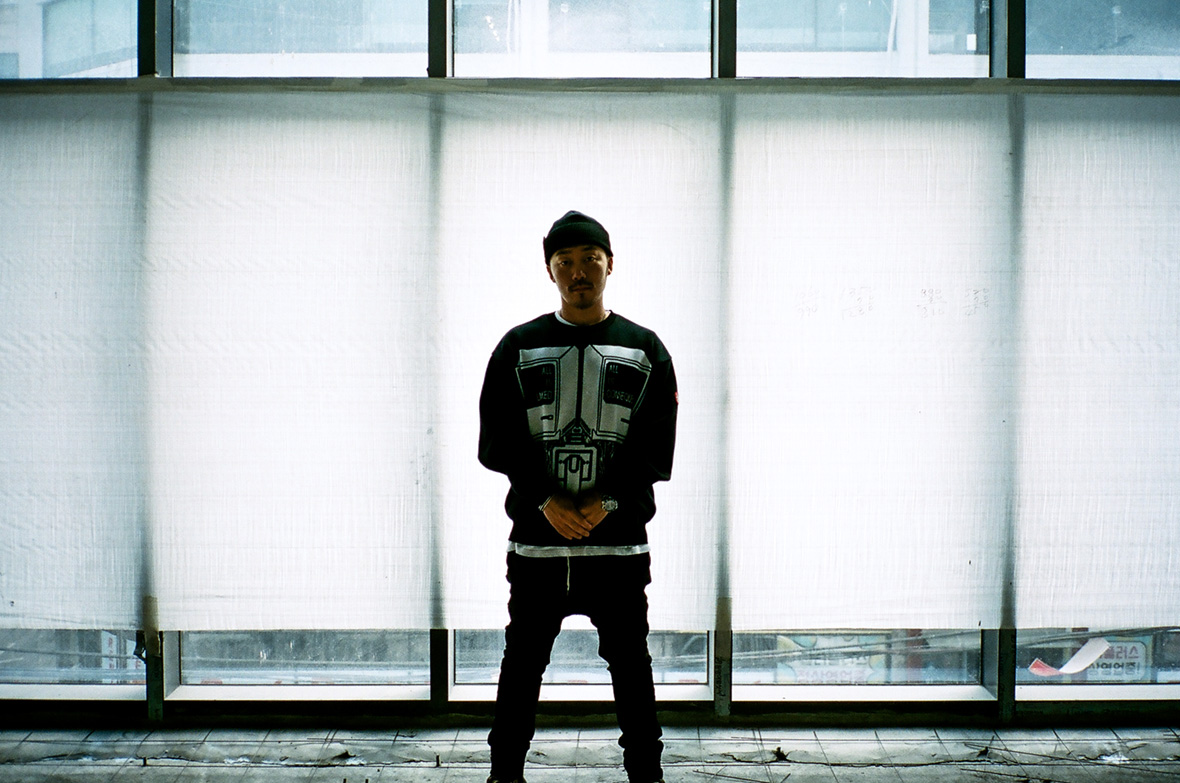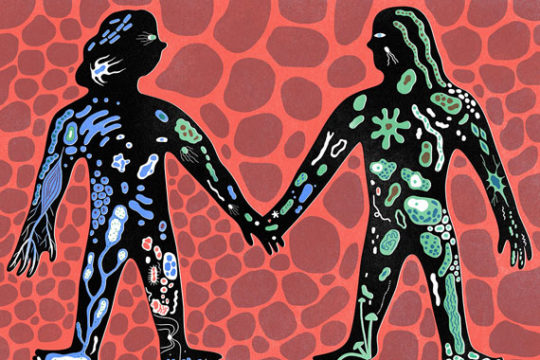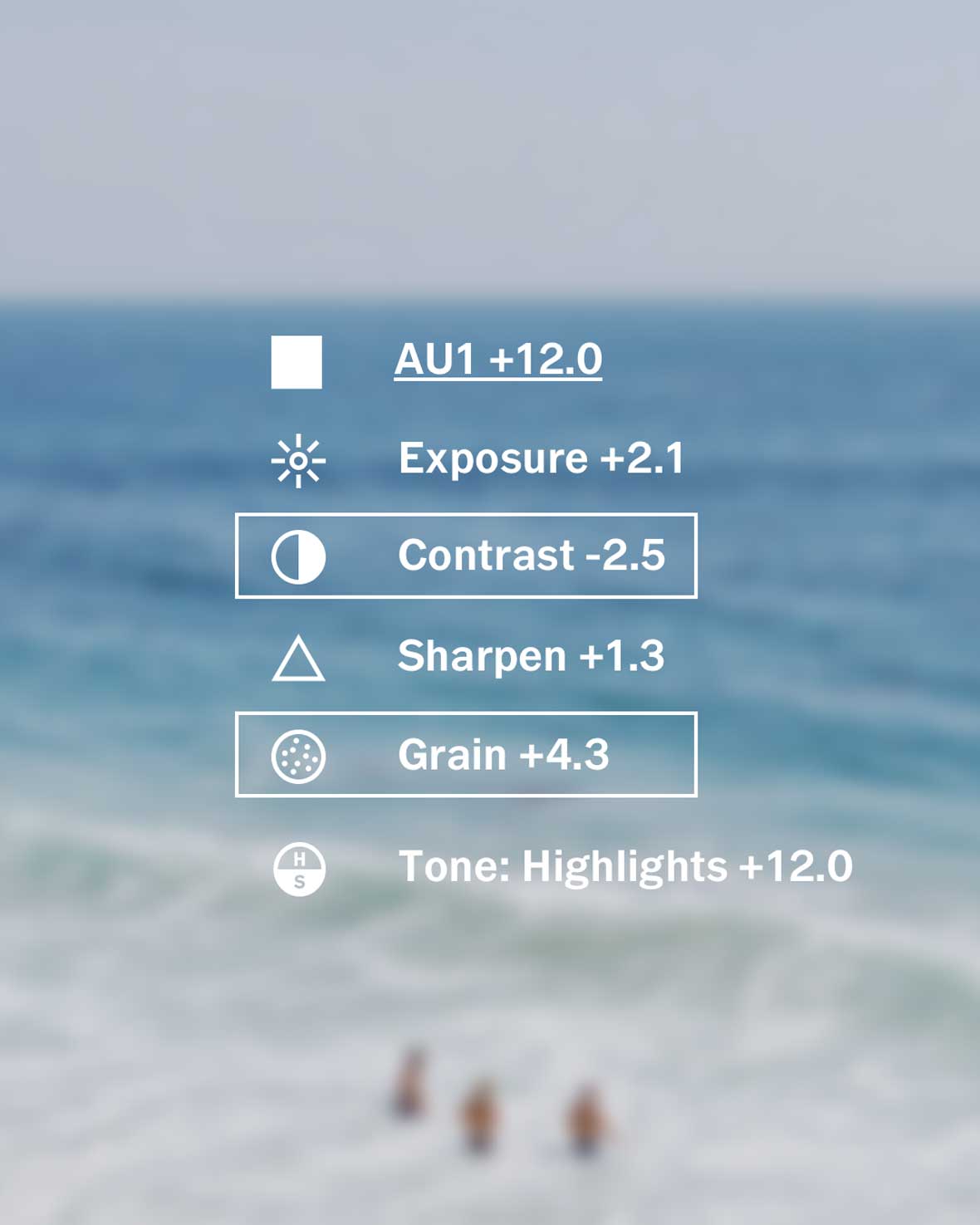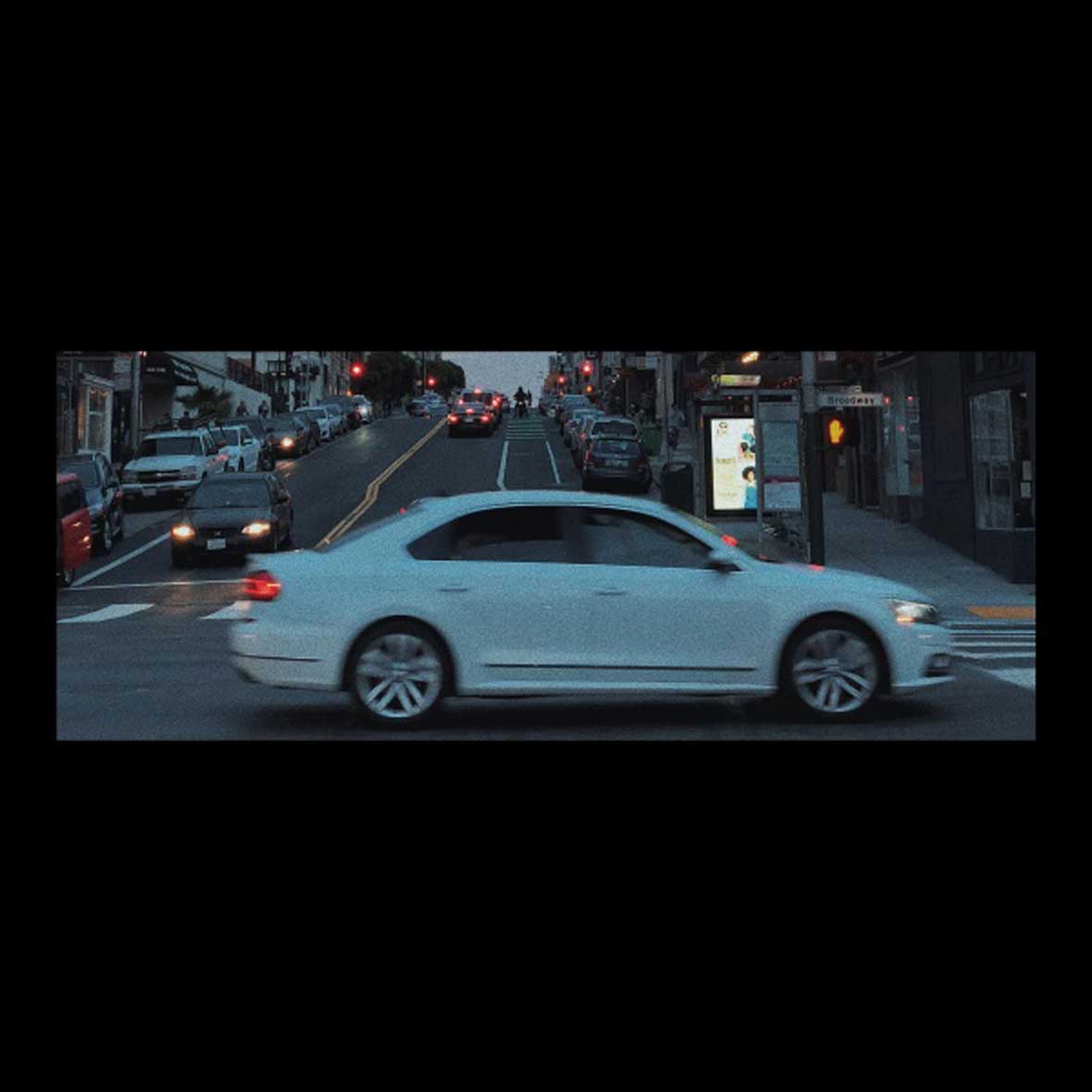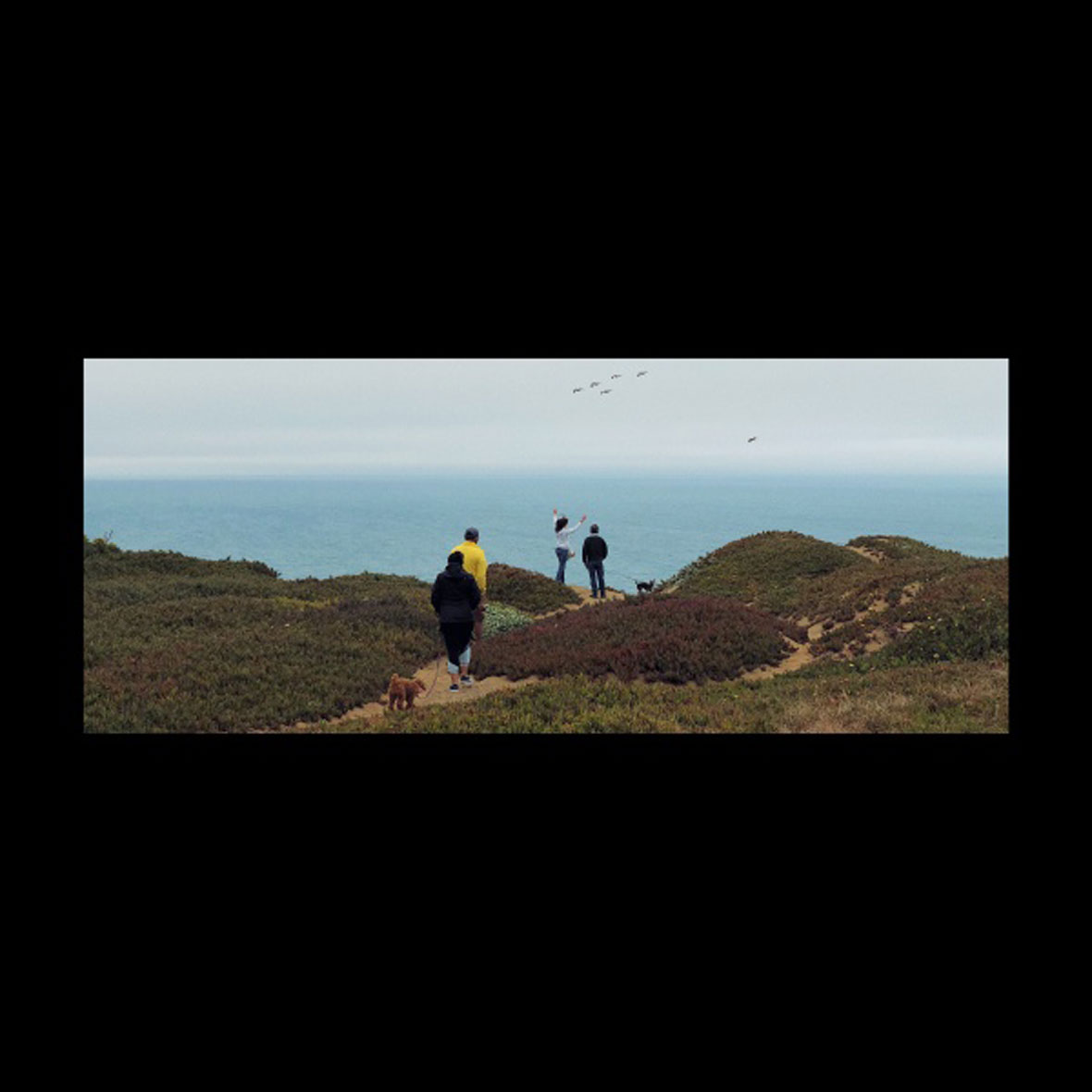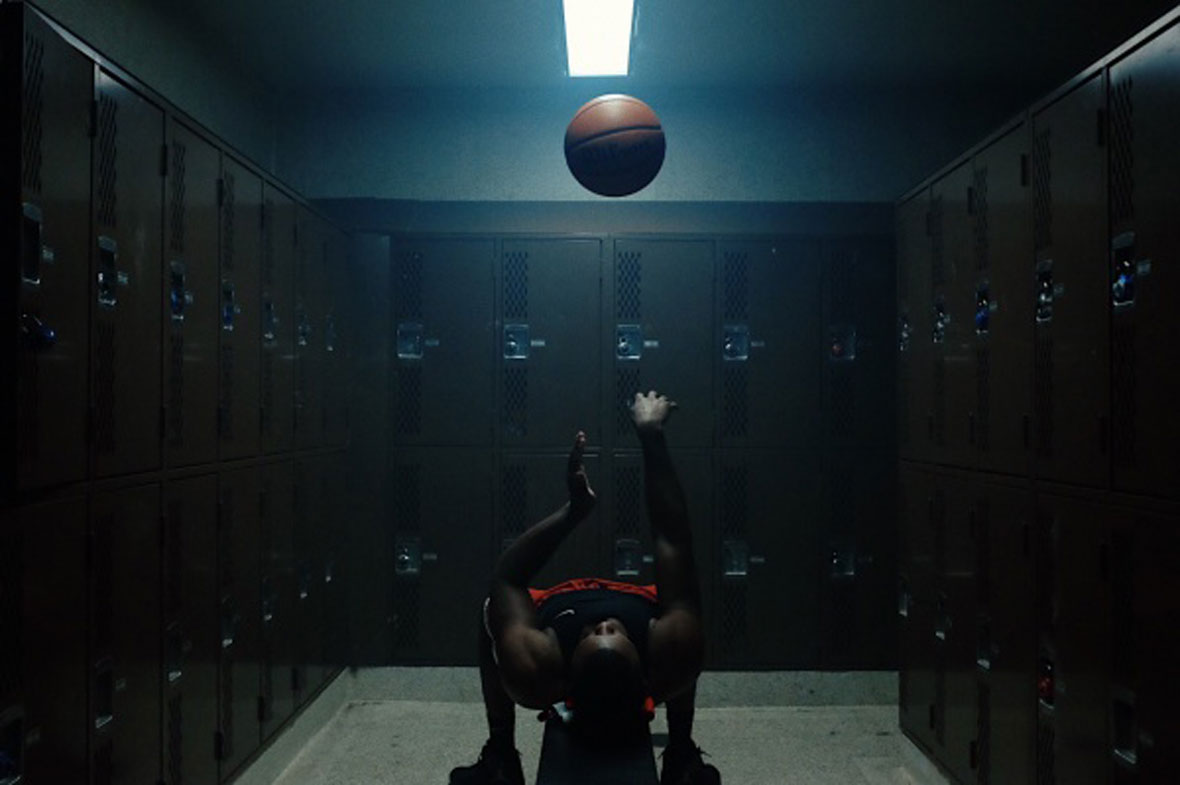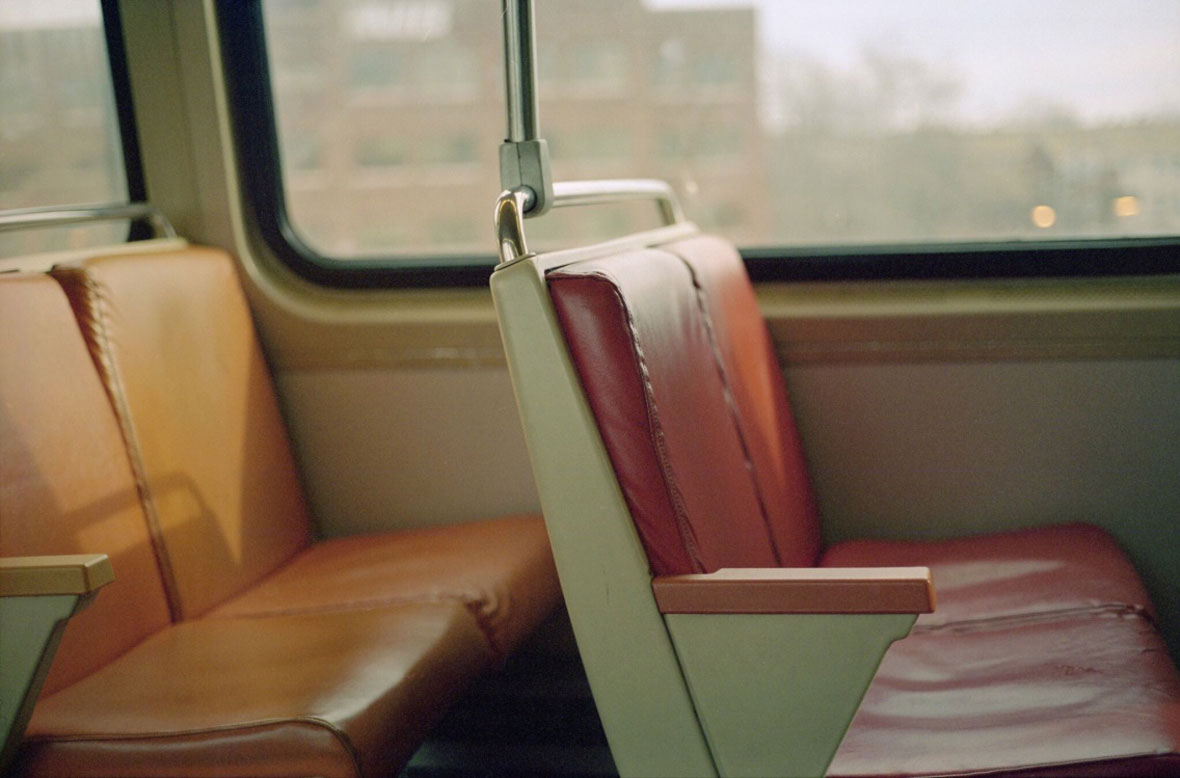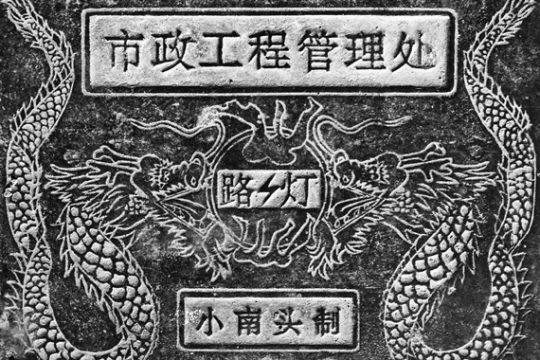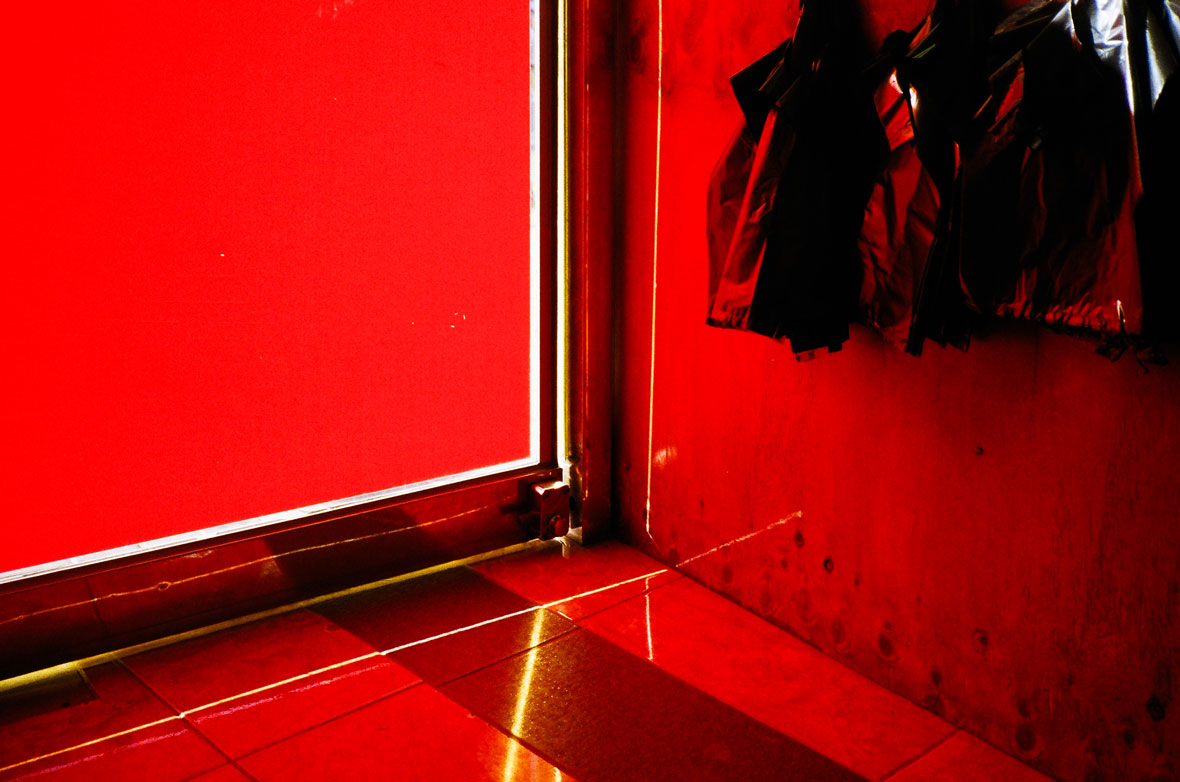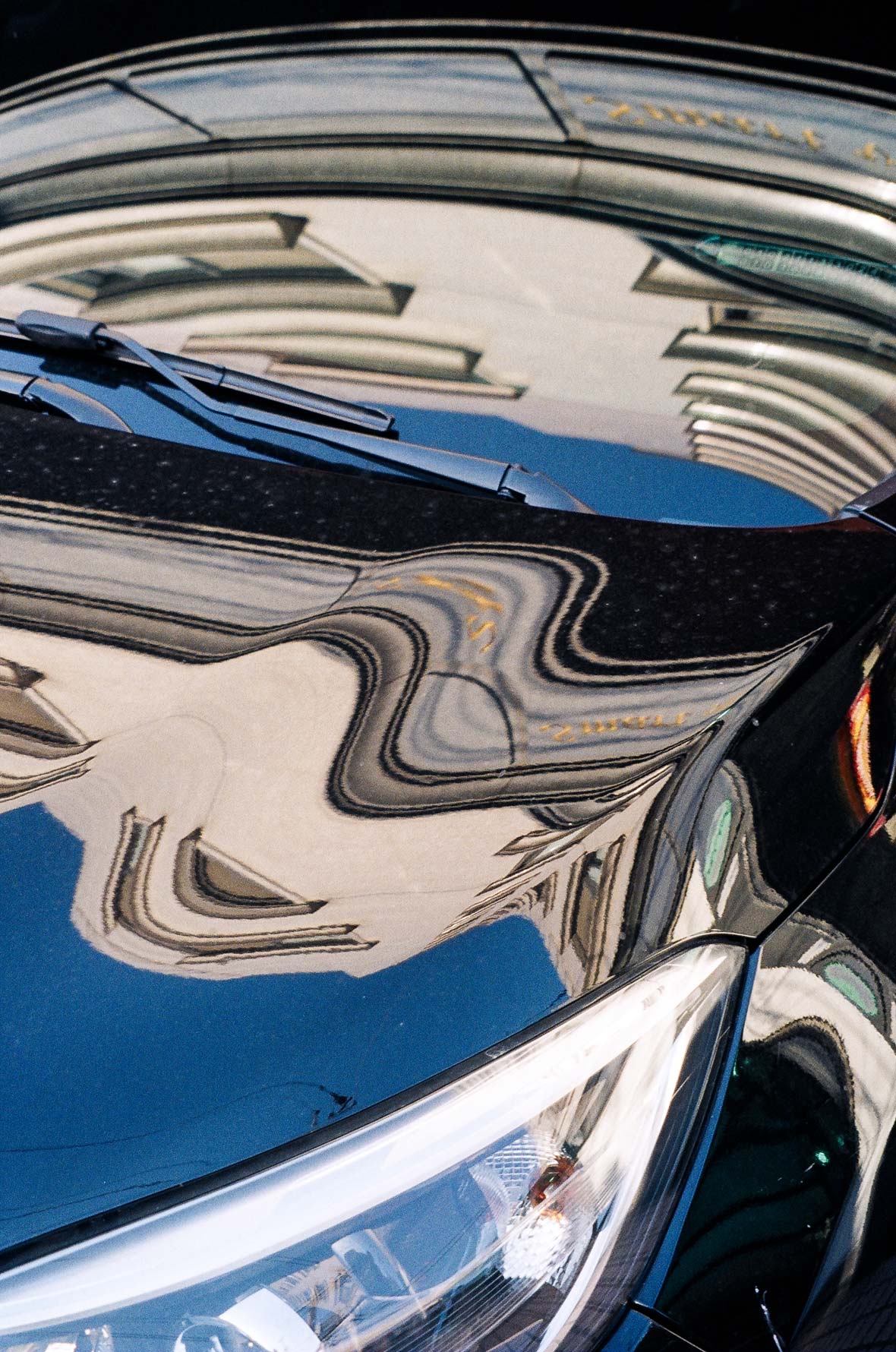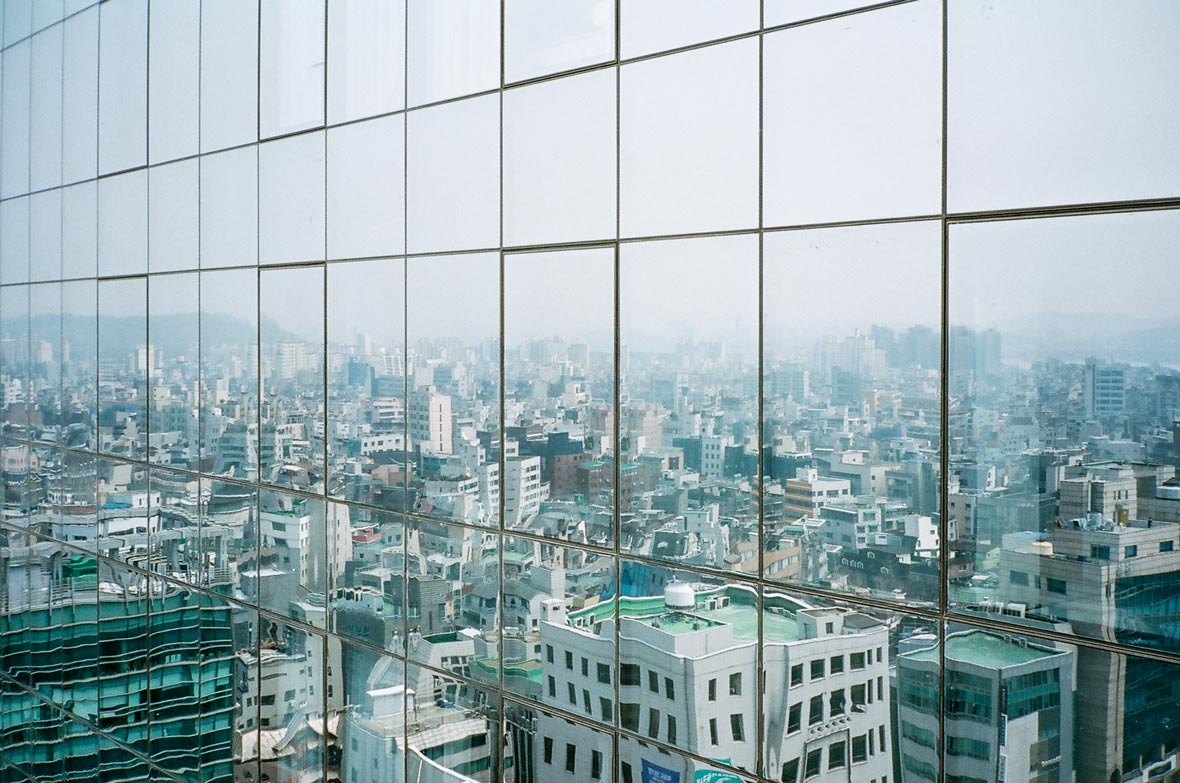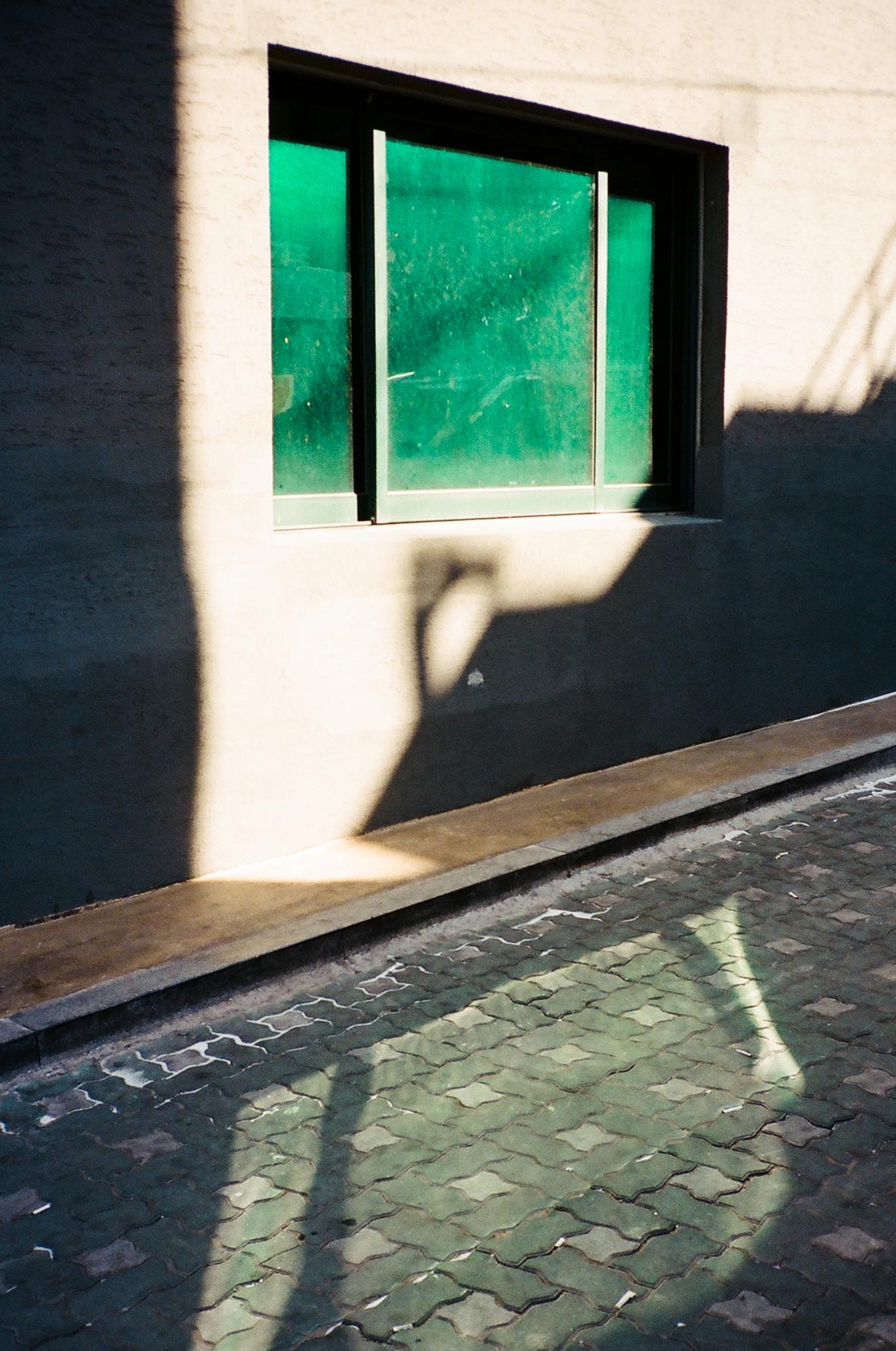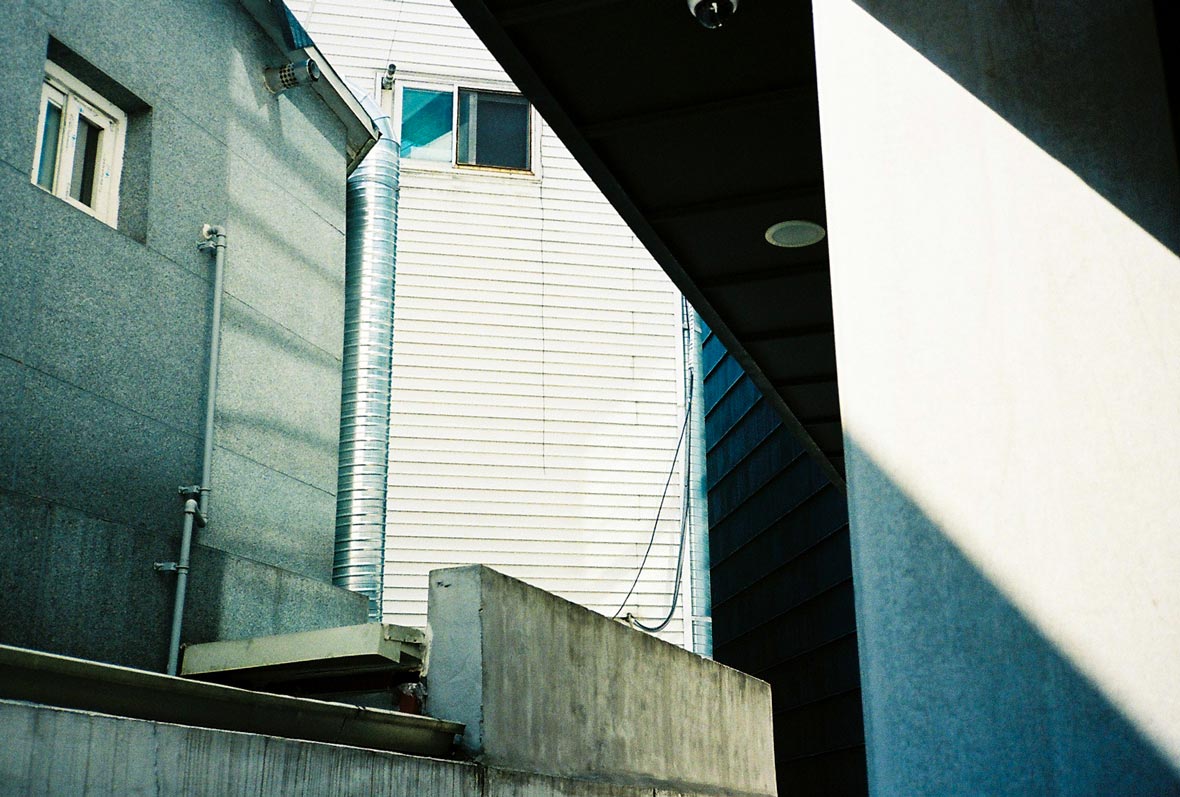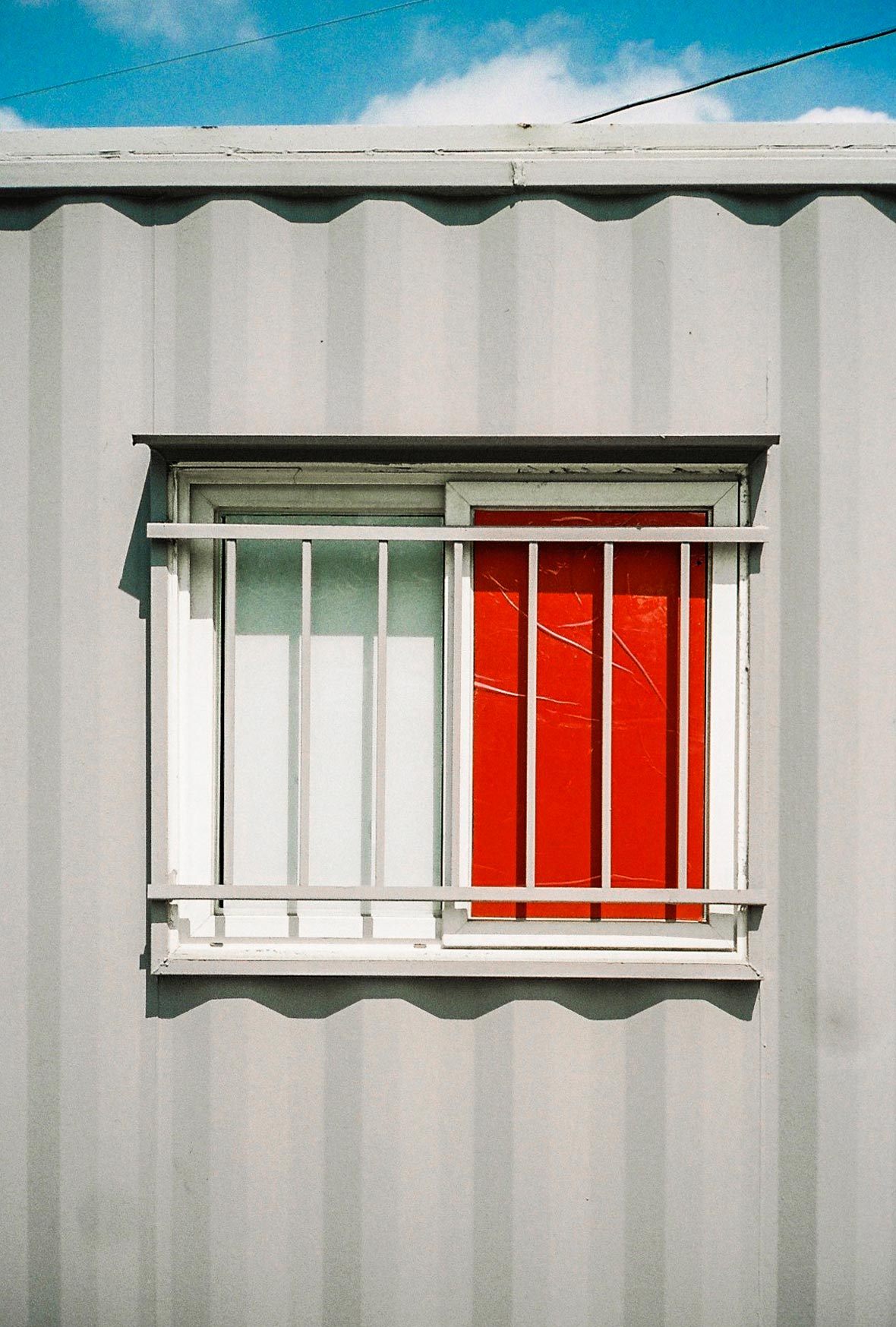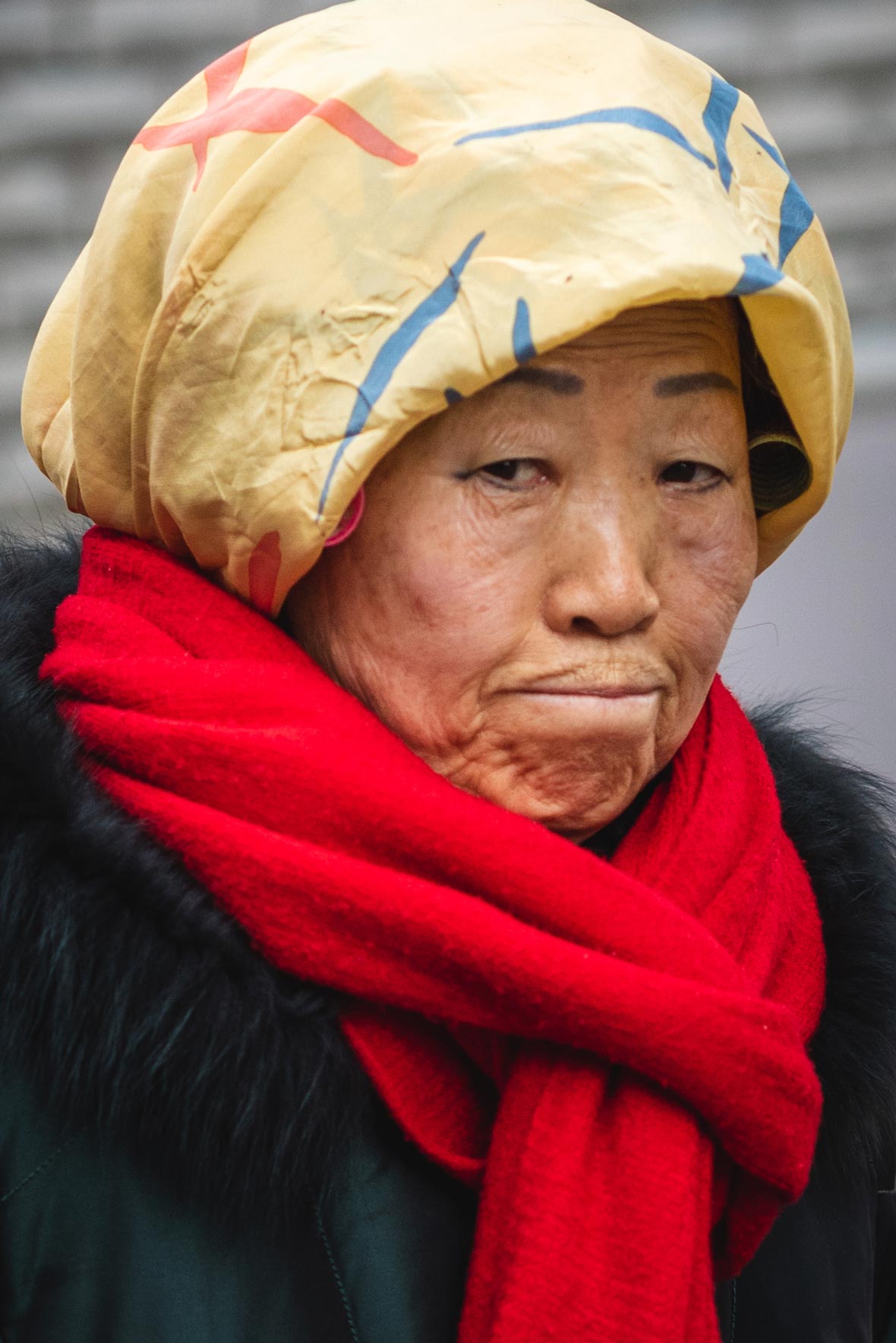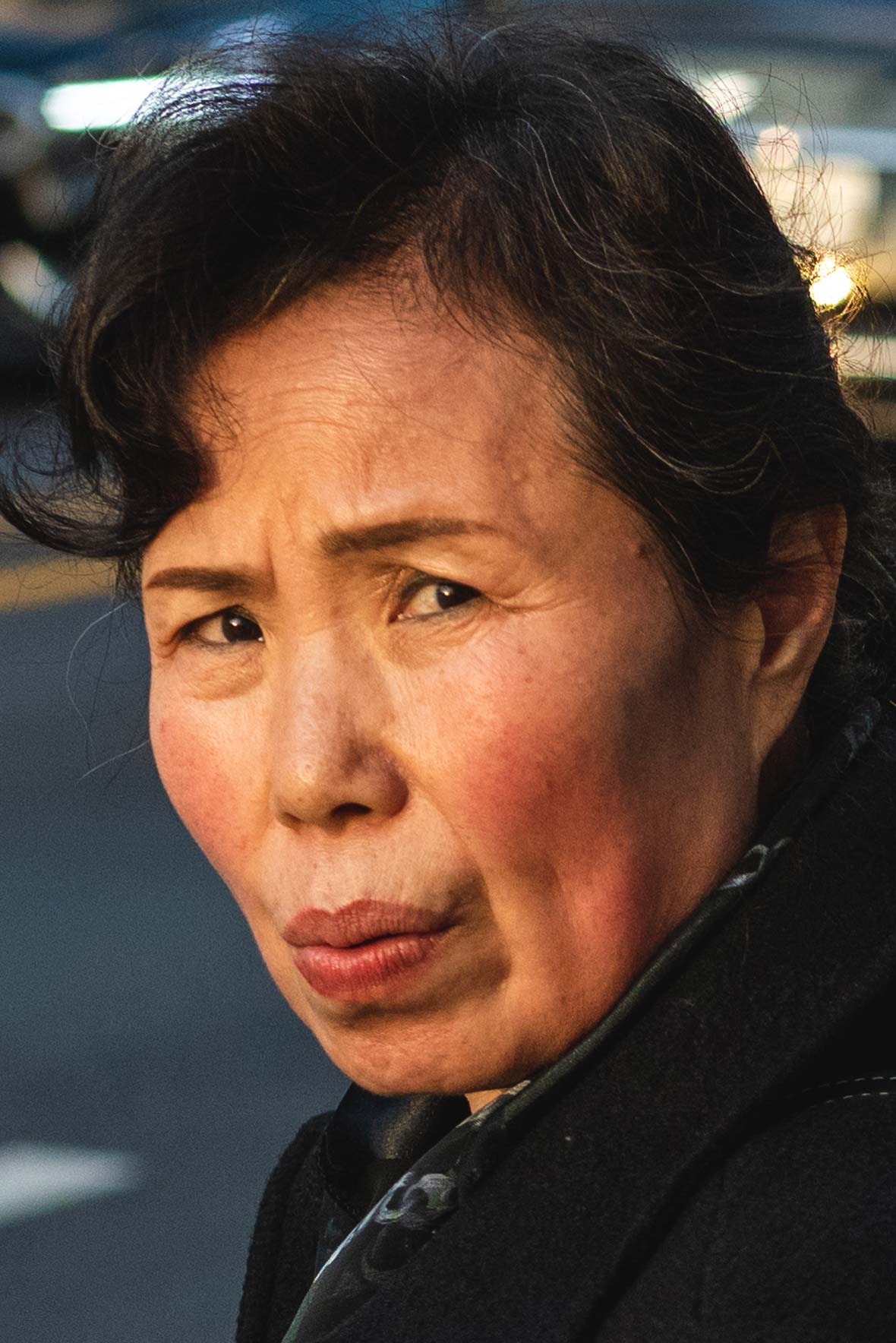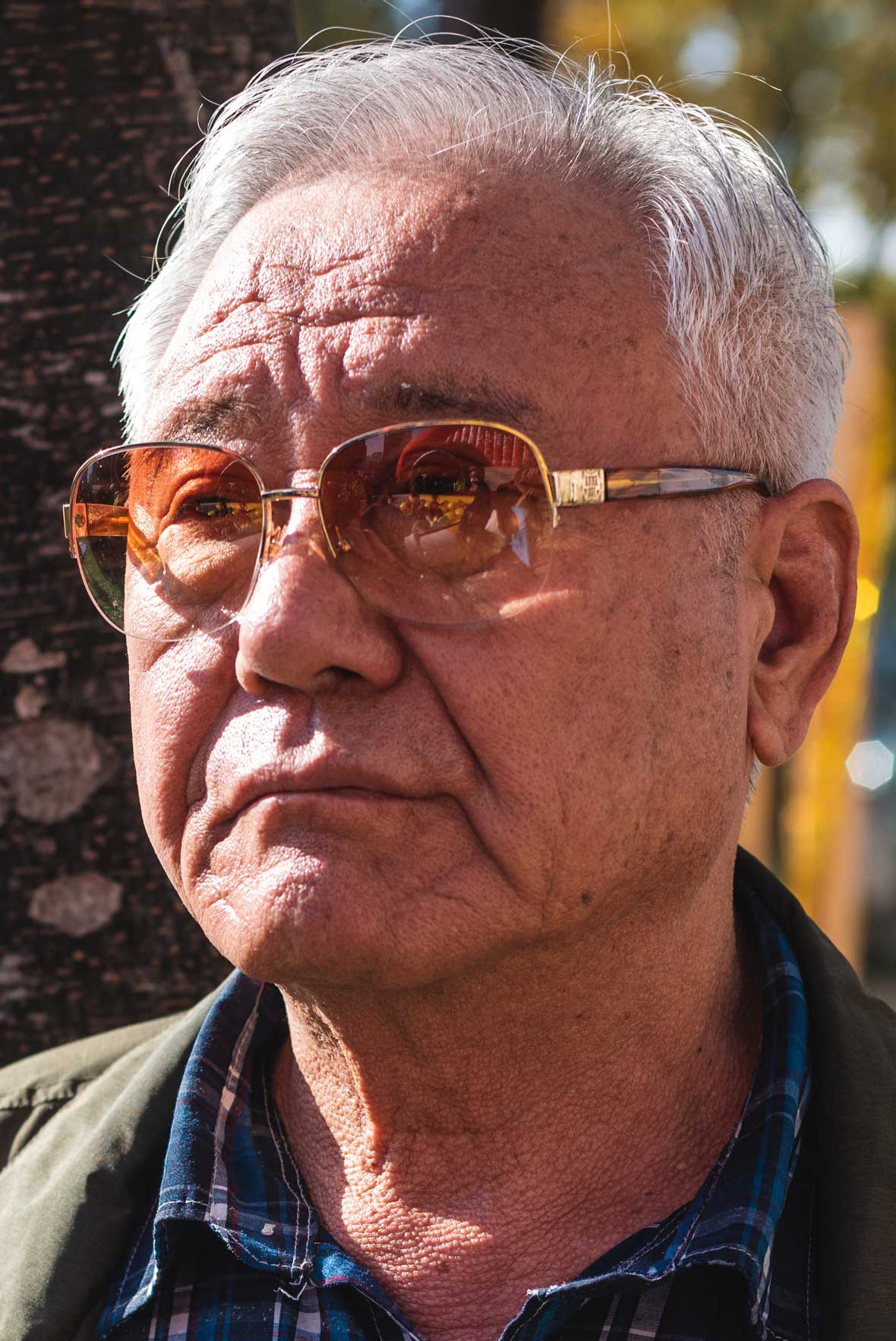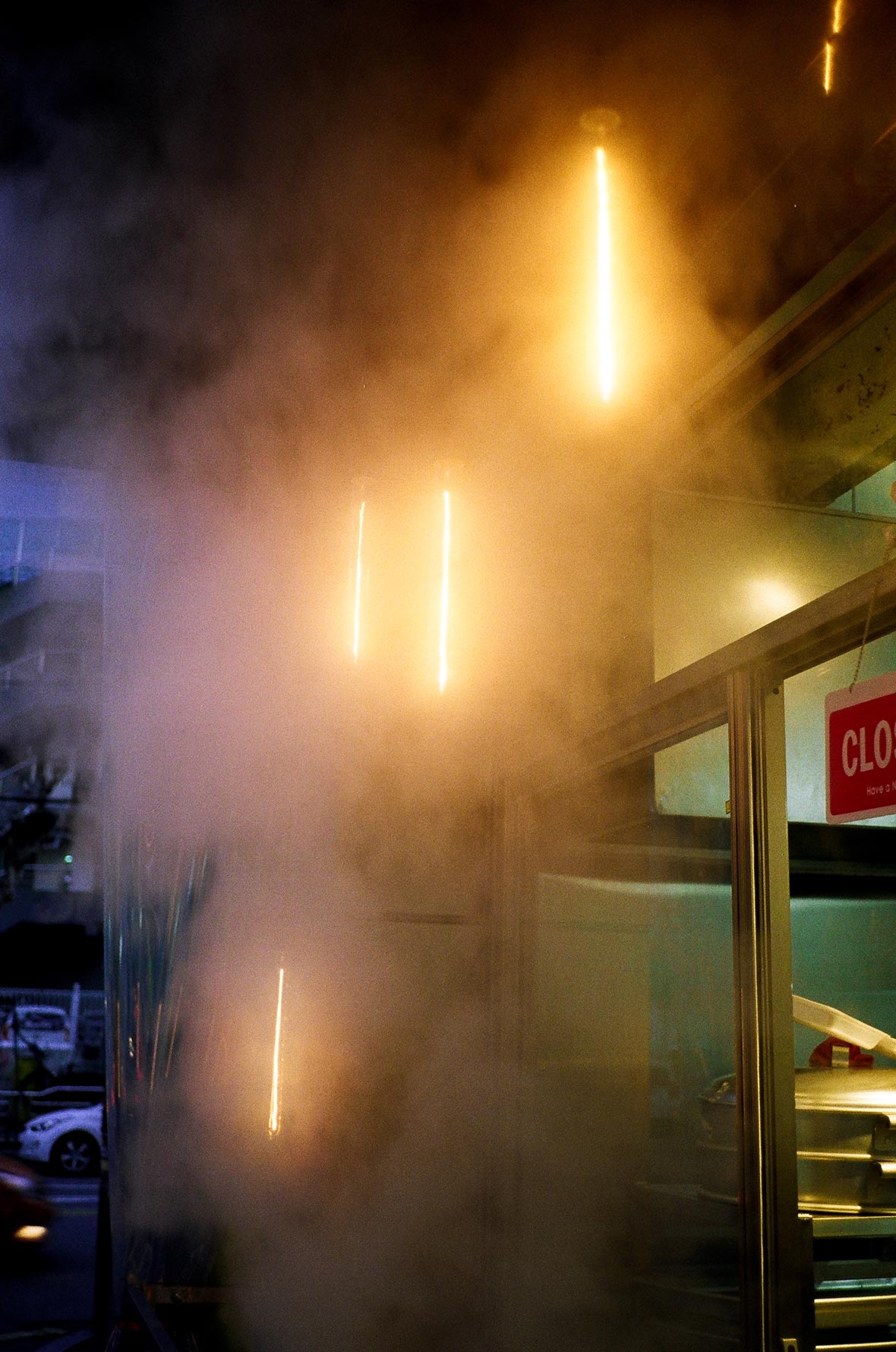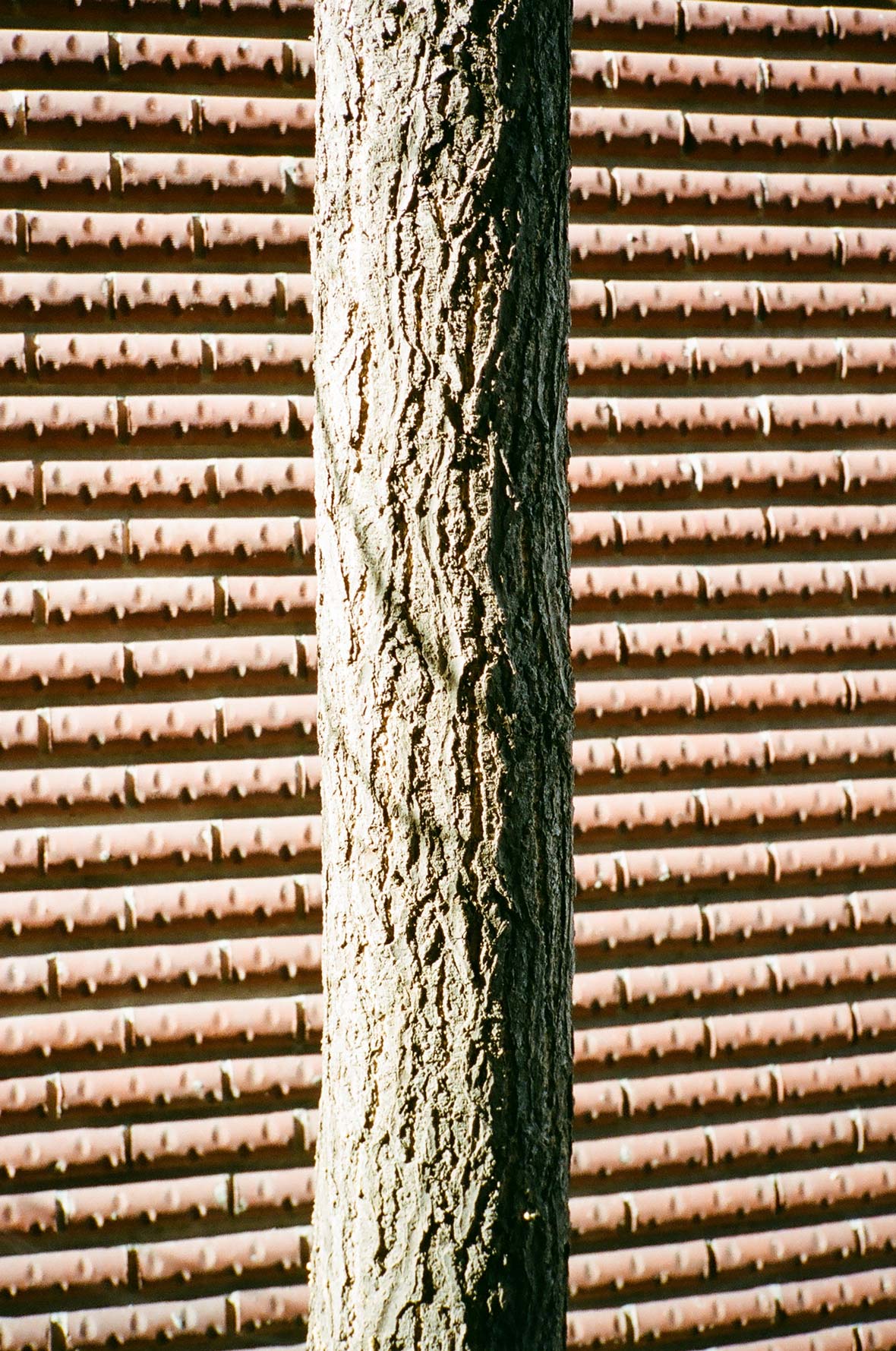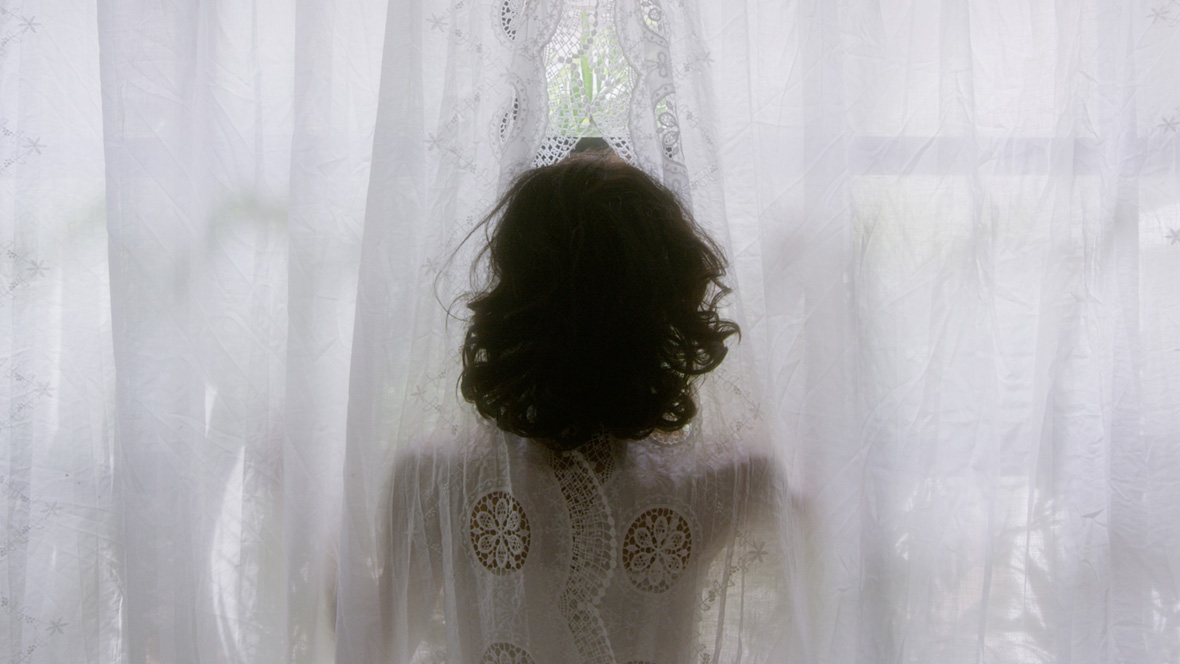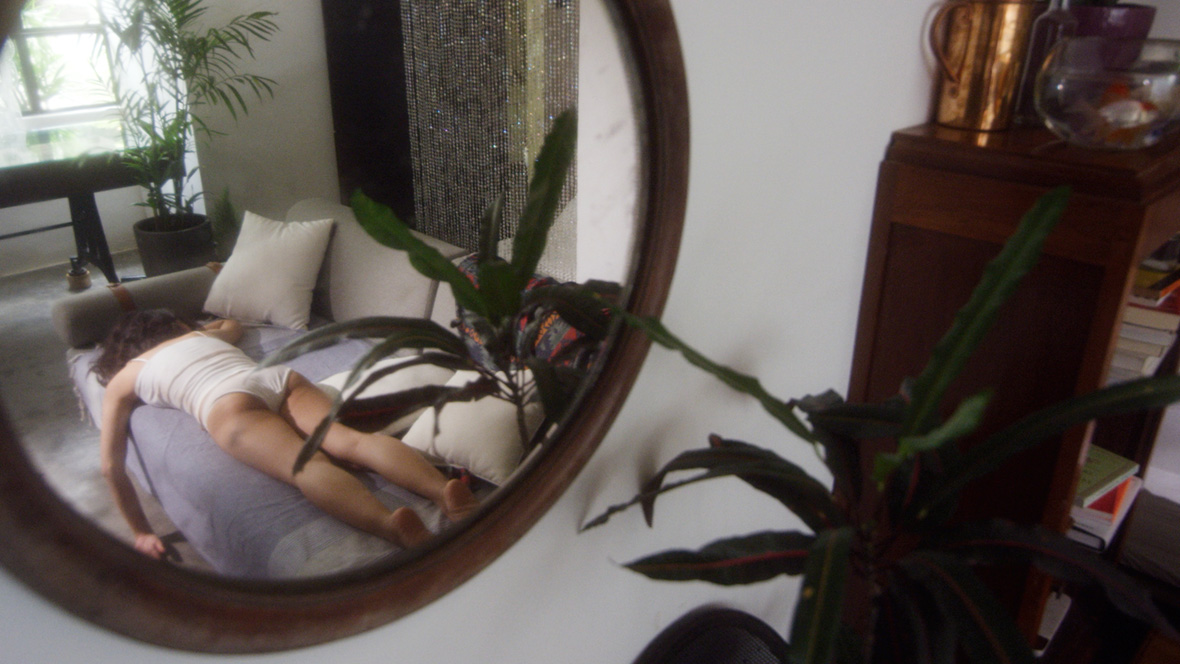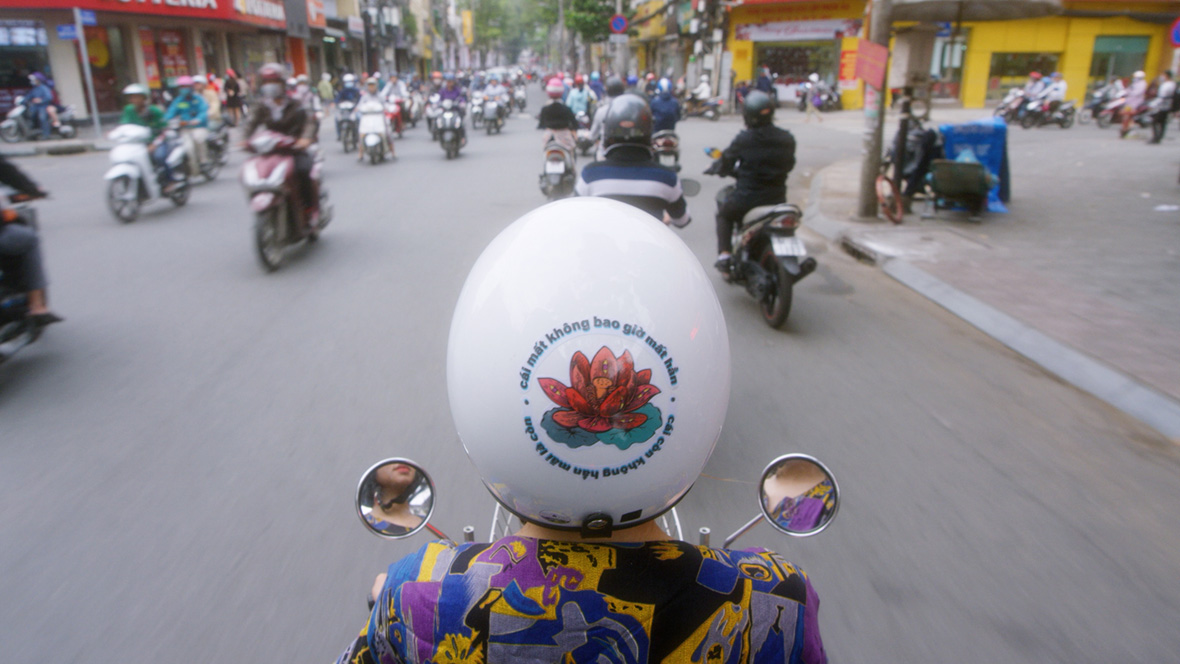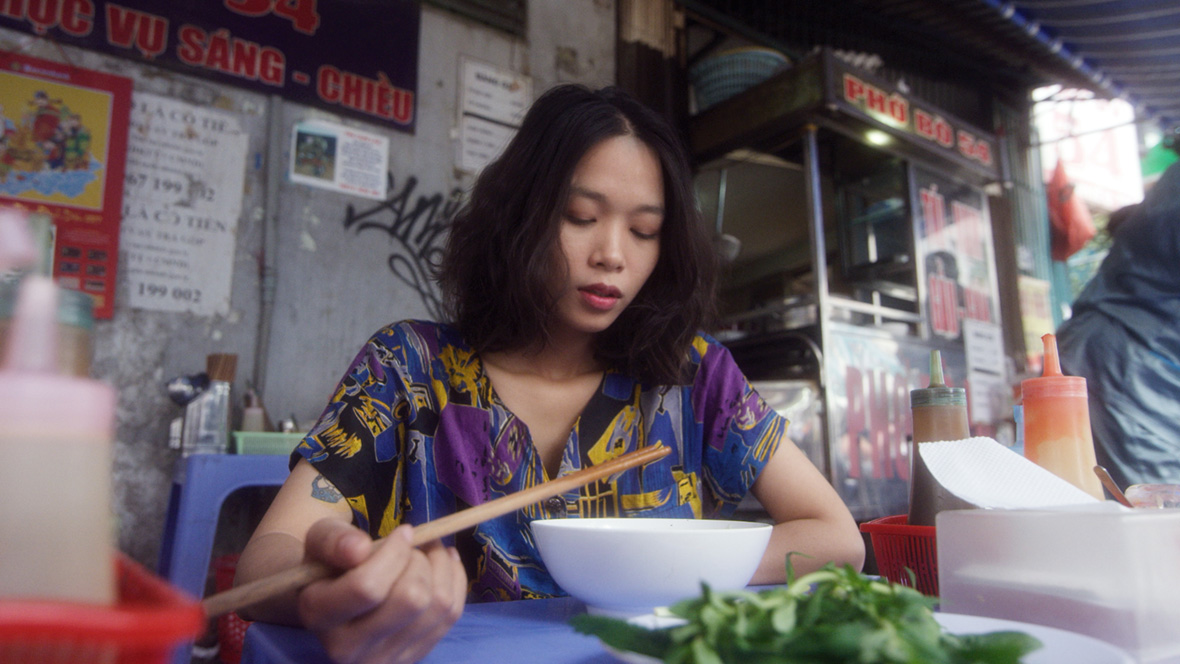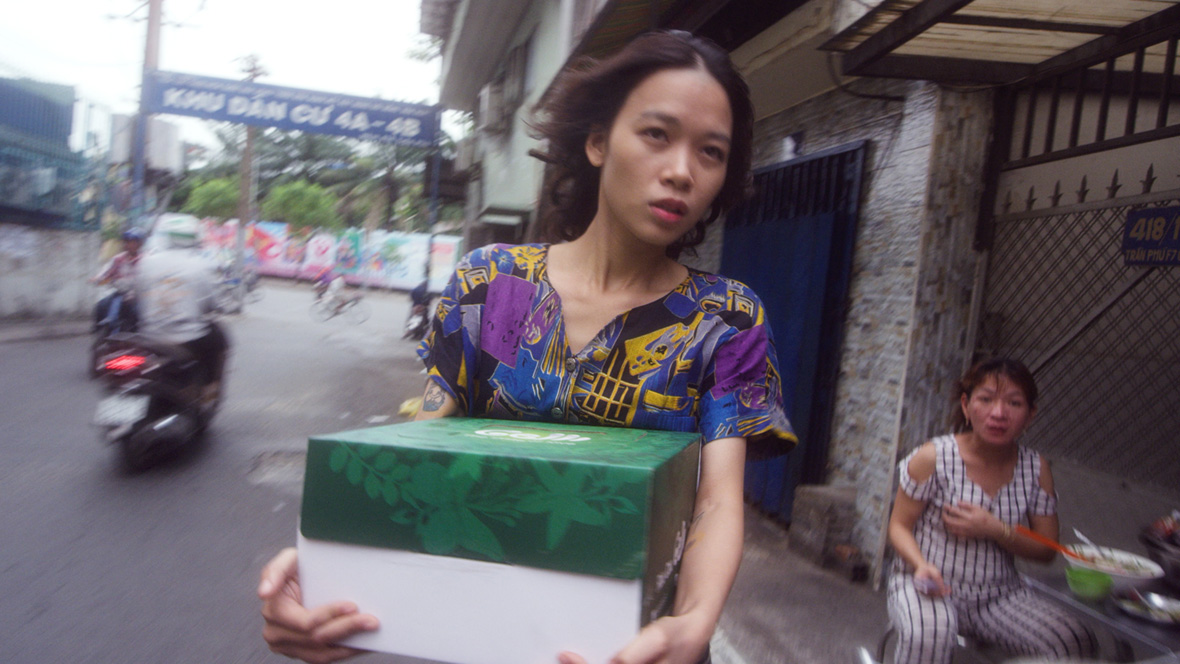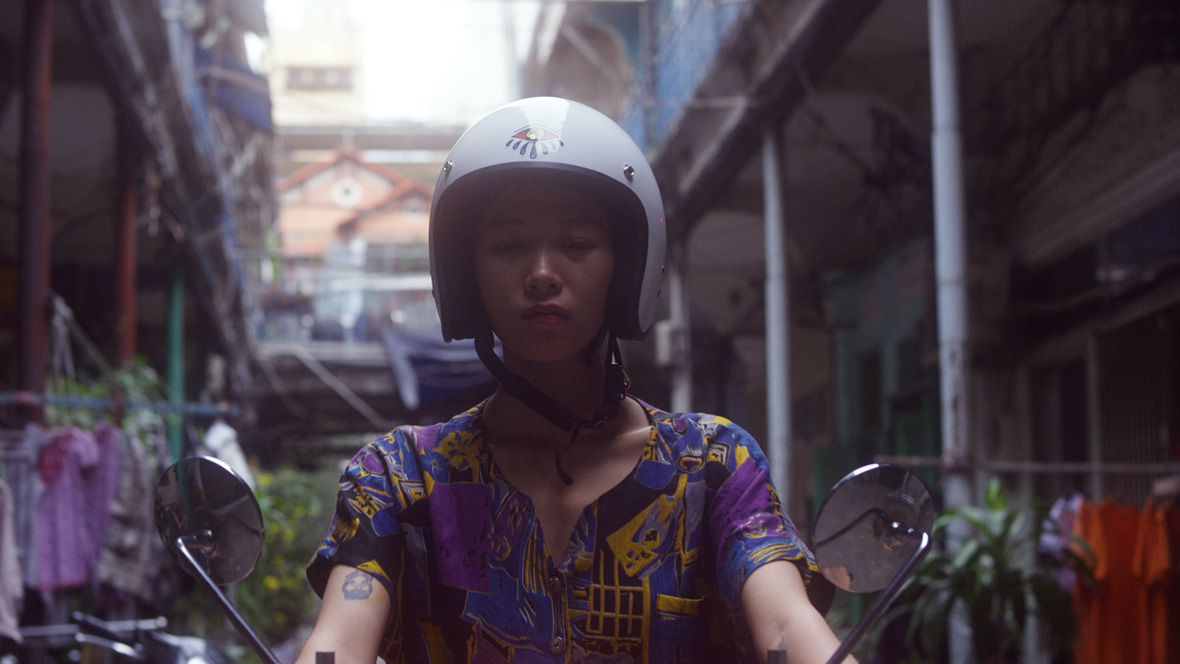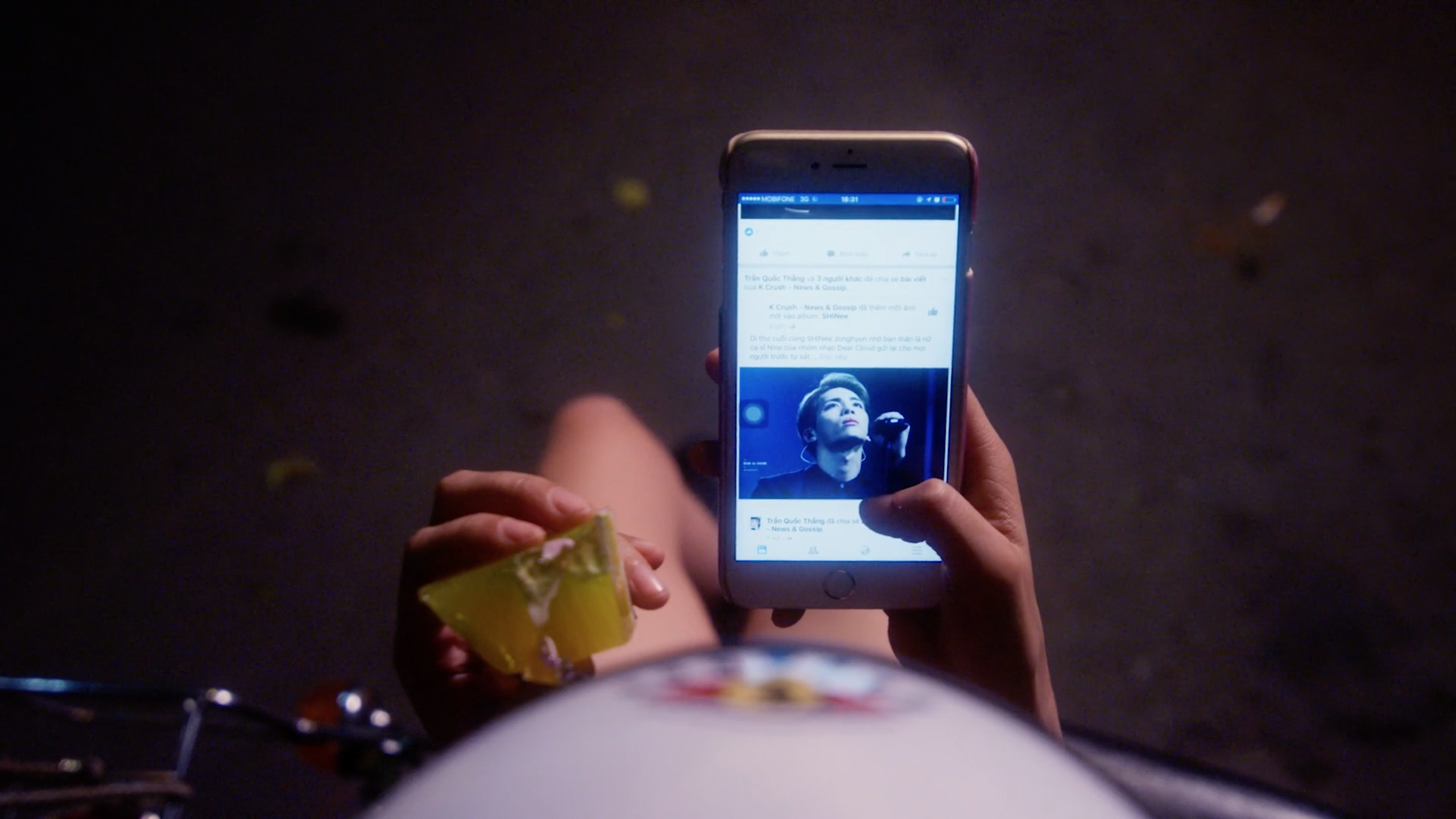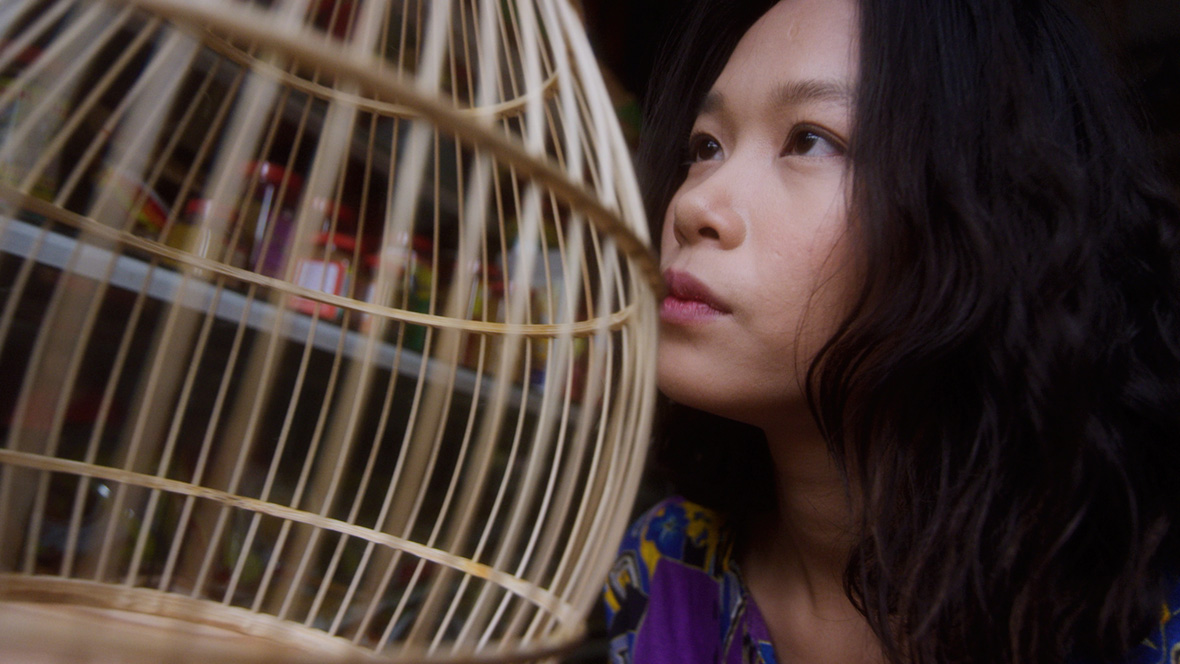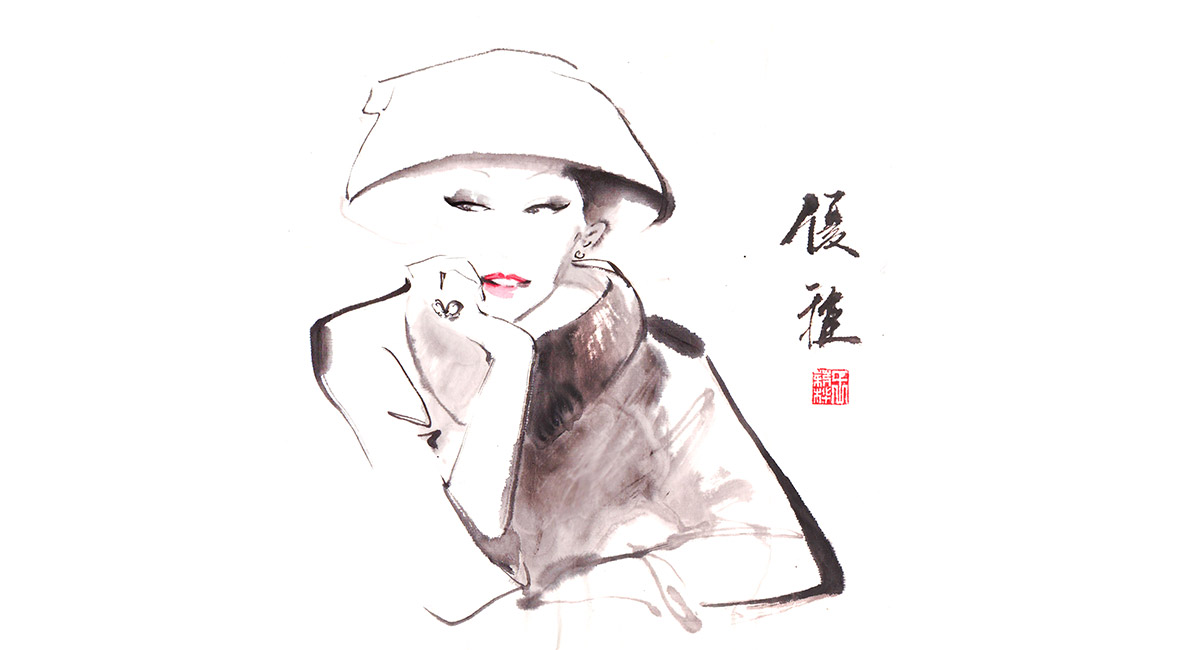
A Chinese upbringing in Malaysia is a lot of work. For Kedah-born illustrator Lihuà Wong, in addition to learning every subject in two languages and enrolling in a never-ending series of extracurricular classes, that meant calligraphy lessons. From the tender age of six all the way up through secondary school, Wong had to practice making Chinese characters with perfect brushstrokes. Despite her reluctance, what began as a laborious chore soon became a key element in her art. Her calligraphy-inspired illustrations have now attracted major fashion brands, such as Chanel, Prada, and Christian Dior.
对于在吉打州出生的插画家王莉桦(Lihuà Wong)来说,身为一个华裔,在马来西亚成长的经历是辛苦的。除了必须用两种语言学习每一门科目,她还得参加一系列永无止境的课外课程,其中包含书法课。从六岁到中学的年纪,王莉桦必须练习用完美的笔画写出汉字。尽管她不情愿,但早先的辛苦练习很快发展成她艺术的养分。现在,她的书法风格插图吸引了许多国际知名的时尚品牌如香奈儿、普拉达和迪奥的注意。
Wong currently juggles a job teaching fashion illustration at The One Academy while building her name as an artist. She brings her minimalist figures to life with bold brushstrokes, injecting them with the flair and expressive movement of calligraphy. Incorporating calligraphy in her work was never a conscious plan. “It just happened,” she says, since the brushwork carried over to her painting. The only real change was the medium, as she experimented with the combinations of various types of paints and paper.
王莉桦目前在立万国际美术学院(The One Academy)教授时装插画,同时以自己的名字发展艺术生涯。她通过大胆的笔触将她极简主义的人物变为现实,为他们注入了书法灵动的表现力。在她的作品中,融合书法并不是一开始就拟定好的计划。“它才刚刚发生。”她说,自从书法进入她的画作,唯一的改变是媒介,因为她开始尝试各类颜料和纸张的组合。
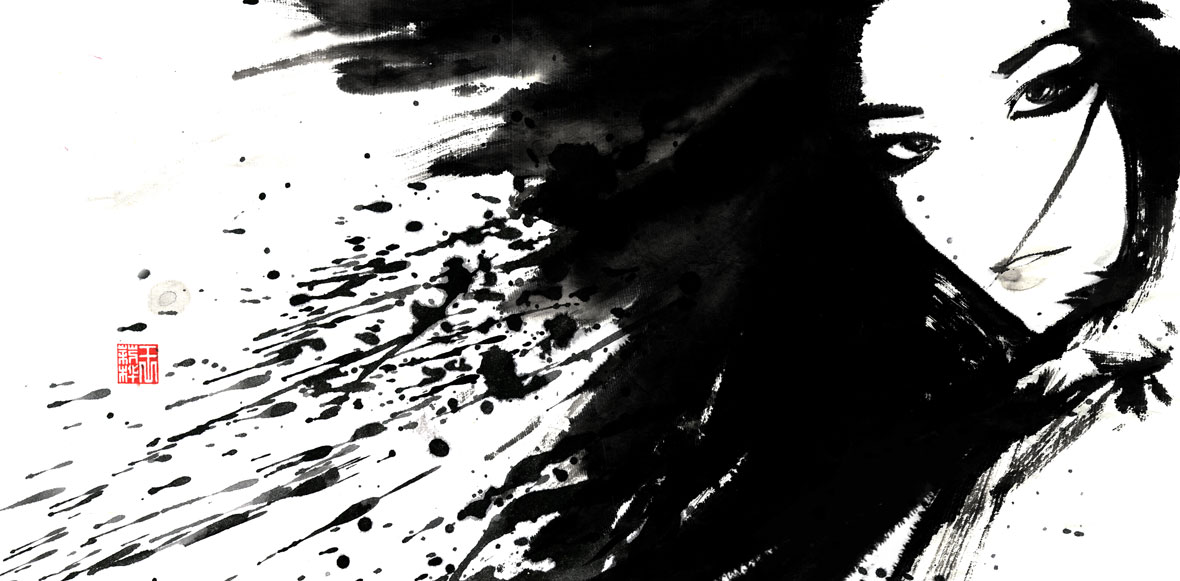
She describes her work as mixed media, since she doesn’t use just Chinese ink, but also works with watercolor, acrylics, and even digital software. Still, Wong prefers more traditional approaches, because she likes the organic feel of doing things old school. A true artist, she declines the convenience of brush presets and printing to pursue something more delicate and crafted.
“I start with a sketch. It’s quite spontaneous. I look for a picture, a composition, then put it together. I want to find something that makes the most impact,” she says. “That’s my concept, that’s how I work. It’s easy with things like Photoshop—you just need a laptop and a tablet and you can easily work anywhere. But that’s more for commercial art. If it’s just for myself, then I choose the traditional way.”
It’s not difficult for Wong to find inspiration, as she weaves through videos of fashion shows. She’s particularly drawn to the designs by two of the biggest fashion houses in the industry, Chanel and Dior, for their timeless and delicate designs. Aside from that, she also seeks visual counsel in artists from the past.
她常用混合媒材去创作,不仅使用中国传统的墨水,还会使用水彩、亚克力颜料、甚至是数字绘图软件。尽管如此,王莉桦更喜欢老派的做事方法,并很享受过程之中的有机感。作为一名真正的艺术家,她拒绝为了达成更细致精巧的成果,就使用软件中预设好的笔刷或印刷成品。
“我的创作从画草图开始,是很随兴的。我会思考如何去建构我的图像,我希望让作品的冲击力越大越好。“她说,“这就是我的概念,我的工作方式。用 Photoshop 这样的绘图软件创作很容易,你只需要一台笔记本电脑或平板电脑就可以轻松地在任何地方工作,但这更适合商业艺术。如果只是为了我自己,那么我选择传统的方式。”
王莉桦会从时装秀的视频中寻找灵感,她特别喜欢香奈儿、迪奥这两大时尚品牌的永恒而精致的设计。除此之外,她也会参考其他艺术家的创作。
Wong first began her fashion illustration journey by approaching local brands for small projects at events involving art and media entertainment. International outreach didn’t really happen until she was studying in the UK and had to find a way to make ends meet while pursuing her passion.
“I like fashion. That’s where I started out, doing events. I like drawing people. You get to see their personality, the way they dress, their silhouette, their character. It’s fun to watch. I can’t sit and draw, say, landscapes. I’ve tried it before. I find it boring. I need a more dynamic subject. If it’s just a tree, I find it difficult to tell a story.”
王莉桦首先借由参与当地品牌的小型项目开展她的时尚插画之旅。直到在英国留学时,她意识到追求热情同时必须找到一种维持生计的方法,才渐渐开启了国际间的合作。
“我喜欢时尚,这是我的起点。我也喜欢画人,你可以看到他们的个性、穿着方式、轮廓和风格,这些能让看的人也感到有趣。我不能坐下来画画,比如说风景画。我之前尝试过,但我觉得很无聊。我需要一个更有活力的主题,如果它只是一棵树,我发现很难讲故事。”
What’s inspiring about Wong is her thirst for a challenge. Whenever she’s asked about her style or subject matter, her response always has a common denominator: the challenge.
“I like doing events,” she says. “I like the challenge of live sketching. I get easily distracted working at home, but for this job you have to focus for four hours and observe people. In five minutes you have to observe your subject and observe their character, silhouette, personality, and features—and get it done. That’s why I like drawing figures. It’s dynamic and is always different.”
However, when it comes to sewing, Wong isn’t interested.
“Oh no, no, no,” is her immediate response when asked whether a career in fashion design is in the cards. “I don’t sew. I like to draw what designers already have. I interpret. I love to make things nicer. When I work with designers, they ask me ‘Can you draw this in this way, with this stitching, and this button?’ Then I’ll be their hands. They tell me what sort of artwork they want, and I act as a visual translator.”
对王莉桦来说,激动人心的是她对挑战的渴望。每当她被问及她的风格或主题时,她的回答总是有一个共同点:挑战。
“我喜欢参加活动。”她说,“我喜欢现场素描的挑战。我在家工作很容易分心,但是做现场素描你必须集中精力四个小时去观察人。然后在五分钟之内彻底观察你的对象,他们的风格、长相、个性和特征,并即时完成它。这是我喜欢绘画的原因。它是动态的,而且总是变化多端。”
然而,在谈到制作服装时,王莉桦并不感兴趣。
当被问及时装设计是否有在规划中,“哦不,不,不!”是她的直接反应。“我不做衣服。我喜欢画设计师已有的现成东西。我只是去诠释,我喜欢让东西变得更好看。当我和其他设计师合作时,他们会问我‘你能用这种方式画出这个缝边、或这个纽扣吗?’他们会告诉我他们想要什么样的艺术品,然后我会成为他们的手,我的角色是一个视觉翻译。”
As for the future, like any artist, Wong aspires to have her works showcased to the public. “I gave myself a target. I want to make 100 works of art, then approach galleries to set up a solo exhibition. Also, I haven’t worked with Louis Vuitton yet!”
至于未来,像任何艺术家一样,王莉桦希望她的作品可以进入大众的视野。“我给自己订了一个目标。我想制作 100 件作品,然后在画廊办个展。而且,我还没有和 LV 合作过呢!”
Website: artoflihua.com
Instagram: @artoflihua
Contributor: Joanna Lee
Chinese Translation: Yang Yixuan

